|
from Italy Magazine... 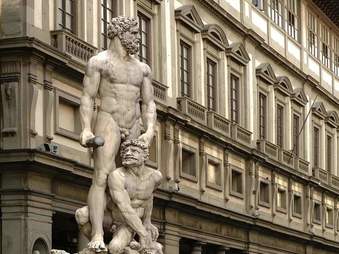 Hercules and Cacus, Piazza della Signoria Hercules and Cacus, Piazza della Signoria by Silvia Donati New rooms opening, a valuable collection finally on view, compelling exhibitions, and, alas, a price increase: here’s what’s new at the Uffizi for 2018. Let’s start with some not-so-good news: peak season ticket prices (March 1 through October 31) are now €20 (an increase of more than 50% since they previously cost €8). (If you travel in the low season - November 1 to February 28 - then the cost drops to €12.) But hey, art is priceless, and the art contained in the Uffizi even more so. And now there’s even more incredible art to see there, thanks to the opening of eight new rooms devoted to Caravaggio and 17th-century painting. Painted in a bright cinnabar red meant to evoke the fervor of that century, but also a color that was often used in fabrics and wallpapers depicted in paintings at the time, the rooms contain such Caravaggio masterpieces as La Medusa, Il Bacco and Il Sacrificio di Isacco, alongside works by Annibale Carracci, Guido Reni, Gherardo Delle Notti, Rembrandt, Rubens, Van Dyck, and Artemisia Gentileschi, in a confrontation between Florentine and Italian art with European art. More welcome news comes with the recent opening to the general public of ... Read MORE HERE...
0 Comments
There is a reason people have flocked to la bel Paese as part of their Grand Tour in the nineteenth century and are still doing it today. Tourists gather en masse in hopes of discovering the romance, history and beauty of Italy. Blame the artists. That's right, the romantic movement in art filled the salons, galleries and the homes of the elite (who could actually afford a "Grand Tour" for a year or more) and in essence promoted the beauty of Italia. Here are a dozen of what I consider the most beautiful and romantic of this type of painting... who wouldn't want to travel to Italy after seeing the grandeur? There are industrial creations that become iconic images in our minds and in history... the VW Beetle, the iPod, the Moka coffee pot, the Coca Cola bottle, the Fiat 500 (Cinquecento). Many have become inspiration for artists worldwide. One more comes to mind: The Vespa motor scooter. The classic shape of the Vespa has been around since 1946, evolving in design over the years by its parent company, Piaggio, but keeping its basic elements: a unibody with covered engine and wheels, a two-person boat-shaped seat, a flat floorboard with cyclops headlight and a fairing to protect legs from the weather. Many use the bodies of their scooters as their canvases, while others prefer to interpret the iconic shape of the Vespa in other mediums. They have been painted, bejeweled, sculpted, photographed and made into jewelry. Right now we will take a look at the art of mosaic, where cut pieces of tiles or stone used--some mosaics created on the vehicles themselves. Finally, there is this amazing mosaic illustration by Chris Sumka, an amazing mosaic artist from Edmundton, Alberta, Canada. Chris uses ceramic tiles and natural stone in his pieces. He often has existing creations for sale but also works on commissioned assignments.
--Jerry Finzi 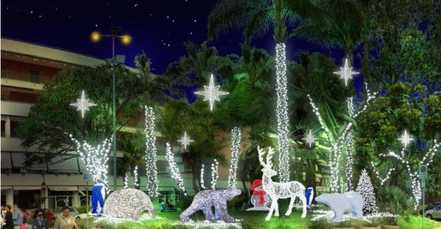 Sorrento is one of the most beautiful places in southern Italy with it's high perch overlooking the bay of Naples with the best view of Mount Vesuvius. The historic center of town is beautiful most days of the year, but it's during the Christmas season that the place takes on a really magical aire. Starting in late November, the Christmas tree in Piazza Tasso is lit which leads off the celebrations which include a Christmas Treasure Hunt, weekend street performances, concerts in churches and other venues in all sorts of musical genres and Villaggio di Babbo Natale (Santa’s Village) at Villa Fiorentino. If you're planning to visit, you might consider their Capodanno (New Year’s Eve) party with pulsing music rocking in Piazza Tasso, followed by a fireworks display down at the port. Some highlights: 19 December 2016: Lauro Square from 9:30 am to 12:00 pm, "Papers Christmas" 20-21 December 2016: Campo Italia Soccer tournament “Christmas Stars” Piazza Tasso 6pm, Christmas Concert Basilica di S.Antonino 5 pm, Christmas Choir 22 December 2016: Church of SS. Rosario 6:30 pm, Traditional songs 23 December 2016: Church of Lourdes 7:00 pm, Carlo Morelli Gospel Choir 24 December 2016: Neapolitan fried pizza at Pizzeria Da Gigino; Street Animation 25 December 2016: Street Animation; Christmas Treasure Hunt 26 December 2016: Casarlano from 6 pm to 20 pm, Living Nativity; Cattedrale Sorrento 7:30 pm, Christmas concert; Christmas Treasure Hunt 27 December 2016: Christmas Treasure Hunt; Chiesa SS. Rosario 7 pm, Concert “Christmas Melodies” 28 December 2016: Teatro Tasso ore 7 pm (free), Nino Buonocore 29 December 2016: Teatro Armida, Concert 31 December 2016: Historical center, 10 am to 9 pm, Street entertainment; Teatro Tasso 11:30 am, New Year’s Concert; Piazza Tasso 6 pm, “Ciuccio di Fuoco” Fireworks; Piazza Tasso from 11 pm to 2 am, New Year party/dancing,music After Midnight, 1 January 2016: Port of Sorrento Fireworks During the month of January: Many weekend concerts, street performances and events. 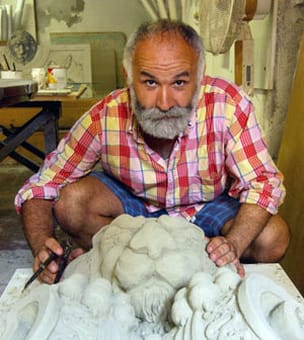 Most of us know Papier-mâché as a craft we had fun with in grade school--slopping together strips of newspaper, flour, water and some glue--to create a silly mask molded on an inflated balloon. The more artistic among us might have produced more ambitious creations in high school--a dragon, a dog, maybe even an abstract Papier-mâché object of art. But in Italy, Papier-mâché, or Cartapesta, as it's known there, is considered a high art medium, with some amazing Masters of the craft creating monumental works that can look like they were coming out of the workshops of Renaissance Masters. 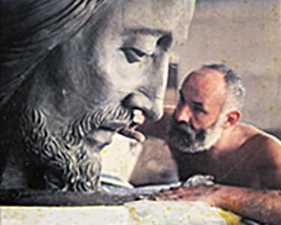 Guerrino Lovato is one of these Maestro di Cartapesta. After studying at the Academy of Fine Arts in Venice, in 1983 he opened his Venice studio and workshop where he creates, along with his now famous Venetian papier-mâché masks, sculptures and architectural props for theater, opera and cinema. For many years he has organized the Venice Carnival, and in 1993 he created a monumental work--sculptures for the Nativity of Venice, an impressive 75 foot moving sculpture with narration by Marcello Mastroianni. This exhibit attracted hundreds of thousands of visitors. In 1995 he wrote and published "Objects and Sculptures out of Papier mâché ". More of his creations include sculptures for Gulliver Park in Tokyo, Japan; two large statues of Santa Rosalia for the famous feast in Palermo; for the Vatican, a statue of Christ in Michelangelo's style that stoof 18 feet tall; and he created the interior decorations for The Venetian in Las Vegas.
Read more about Cartapesta HERE. 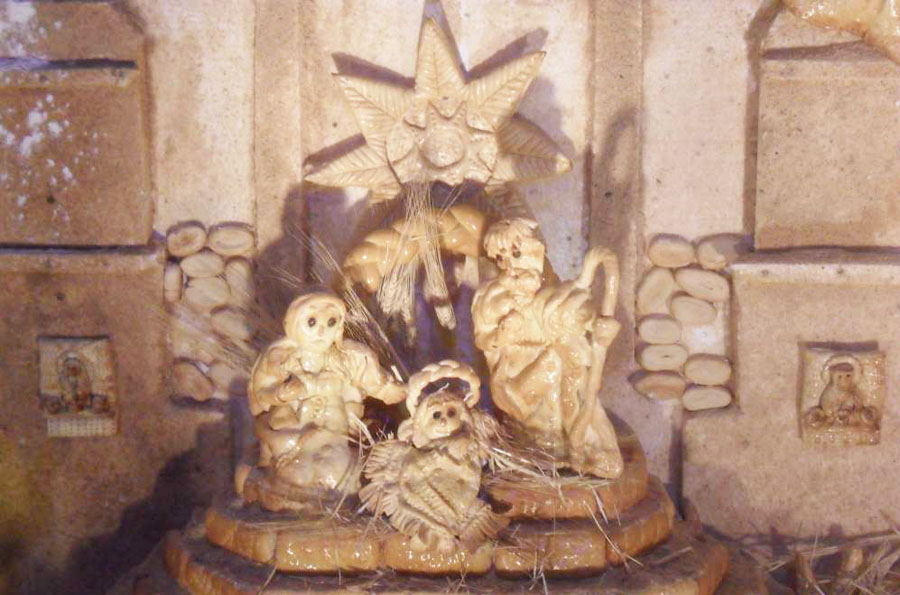 Each year at Christmastime, inside the church of St. Isidore Agricola in Palermo, an ancient brotherhood of bakers creates a Presepe di Pane (Christmas Nativity of Bread) made entirely of bread, and they've been doing so since 1991. The Presepe of artistic bread is baked and displayed in the beautiful Chiesa St. Isidoro Agricola (...of the Bakers). St. Isidore was built in 1643, belonged from the beginning to the Society of Bakers. The Presepe is made completely out of bread, a representation of the importance and symbolism of bread to Catholics... Bread is the Christ. All the characters are made painstakingly by the skilled hands of the bakers. The Presepe di Pane is on display from December 9 to January 6 hours 9: 30-12: 00 16: 00-19: 00 Here is a video (in Italian) that profiles the Presepe di Pane.... In the next video, a baker-artisan works his magic and creates a detailed human figure. If you bake, this is well worth watching! --Jerry Finzi
If you enjoyed this article, please SHARE it and LIKE it on your favorite social media site. Buon Natale! We also have pages on: Google+ StumbleUpon Italy is much more interesting than just going there to check off "must see" tourist sites from a list. And there's more than one way to take a Voyage around the country. In a country shaped like a boot, surrounded by crystal clear seas on three sides, filled with volcanic activity in both the people and geology, and with architecture that goes back hundreds if not thousands of years... and being the birthplace of the world's most favorite foods--pasta and pizza--well, this place makes for one hell of a visit... from space on Google Earth. 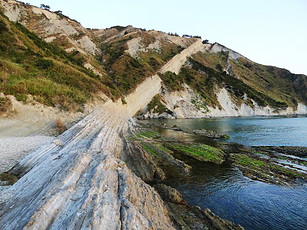 First, take a look at this straight looking shape jutting out over half a mile into the Adriatic Sea at Trave, Italy? It looks like a man made jetty with boats anchored on the leeward side. Well, it's not man made. It's a natural geological formation--a angled uplift of layers of ancient seabed that you can see in the second photo going straight op the mountain. The effects of vulcanism in Italy are amazing to see. What do you think these strange arrow shapes are that I came across on Google Earth while trolling around Trevignano, Viturbo on Lago di Bracciano? They are an interesting type of fish trap called an arrowhead trap. Fish swim toward shore, then when they swim out to deeper water again, they get trapped in the arrowhead. They look very cool when seen from above. 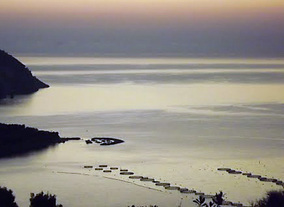 How about these circular shapes I found just off the southern coast of the Gargano Peninsula in Puglia? Yep... floating fish farms. This wasn't planned.... or was it? Looks like a bull dog puppy staring into the eyes of his master. 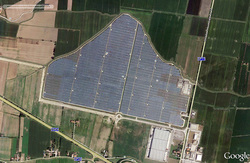 I wish we were seeing more of this next one in the States. This is one of the largest solar power plants in Italy. It's almost a mile long and produces 70 megawatts, enough to power over 16,500 Italian homes. Why aren't we doing this here in the U.S.? Everyone knows what this shows... snow on mountaintops, right? Wrong. This image shows mountains entirely made of white marble, just outside of Carerra where Michelangelo found David hidden in a huge hunk of the stuff. Another jetty? No... it's actually a shipwreck, left there to rust. Italy has a decent number of these wrecks making their coastline much more than just a place to lay out in your Speedo. This is the Italian Space Agency's radio telescope field in Ortuccio in Abruzzo, but Google Earth shows the importance of this complex. Built in 1963, the Fucino Telespazio Center contains over 100 working dish antenna radio telescopes. I was checking Google Earth for the location of a museum in the town of Mantova (also, Mantua) in northern Italy when I saw this sight. Mantova is a town with three man made lakes surrounding it (built as protection in the 12th century). In one of the lakes is this mile long leaf shape. It's the Isola del Fior (Flower Island), not an island at all, but a one mile long bed of water lilies. This one is a shocker. I knew where it should be, but I didn't know Google Earth actually had an image of it.... Here's the Costa Concordia laying on it's side, as view from space. AMAZING! And now, how about a little salt on your steak? Sea salt, that is. Yes, these are salt drying marsh pens in Trapani, Sicily. They flood the fields with seawater and let the sun do its work. Now this one is one of the oddest things I've found on Google Earth. Believe it or now, this huge pattern is concrete--covering the ruins of an entire town that was destroyed in an earthquake. The artist entombed household items--dolls, beds, chairs, tables--in this web of concrete. The really strange thing is, the pattern are actually the old streets where people can visit and wander through this oddity. Read more about Cretto do Gibellina HERE. Then there is this strange, pie-sliced pattern, looking very much like an interesting pizza. This is the town of Cerignola, in Puglia. I find it fascinating the way they've developed the roads and farmers' fields into this radiating pattern. It reminds of how Washington DC's avenues or the les Grands Boulevards in Paris radiate out from a central point, like the Etoile. Very cool. In the end, this one gets my vote as the absolute strangest sighting found on Google Earth: The giant white rabbit in the Italian Alps. An art installation on a mountaintop, it has suffered the ravages of the Alpine extreme weather--along with and hikers and skiers climbing all over it. The current Google Earth image shows a mere road-kill outline of the bunny's former self. I hoped you enjoyed this bird's-eye view of la Bel Paese...
--Jerry Finzi Casa Malaparte is a house in the Italian Moderne style on Punta Massullo, a peninsula on the eastern side of the Isle of Capri, Italy. The house was conceived in 1937 by Italian architect Adalberto Libera for Curzio Malaparte. Malaparte eventually rejected Libera's design and built the home himself with the help of Adolfo Amitrano, a local stonemason.
Casa Malaparte looks like it was designed by my son in Minecraft--a strange, fish-shaped building with pyramidal stairs clinging to the edge of a hundred-foot cliff at the edge of Gulf of Salerno. Access to this private property is either by a half mile trek from the edge of the Town of Capri, or by boat and a staircase cut into the cliff. 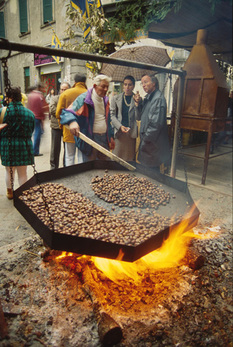 Chestnuts are a really big deal in Italy Chestnuts are a really big deal in Italy In September and October (depending if you are in the North or South of Italy), the hanging bunches of grapes swell and beg to be picked. Flocks of wine aficionados go to Italy for the sole purpose of taking part of this miracle, vising wineries, walking through vineyards, taking part in the harvest and of course, paring the wines they discover with the amazing food of Italy. When to harvest is a tricky thing. It depends on the variety, the weather (rain, cold, frost, hail and wind) and the ripeness of the fruit on the vines. Wine makers have ways to measure the sugars, acid and tannin levels in their grapes. They look for a perfect time to send their pickers out to the fields--when the grapes reach the perfect ratio of sweetness and acid. Some fields are harvested in August, others in September while still others wait until October. Believe it or not, much of the grapes are still harvested by the old fashioned way--a mano (by hand). It costs more than harvesting with machines, but many vintners believe it helps them produce a superior product in the end. Hand picking allows the human hand and eye to selectively pick the grapes that are at their peak. At any given time there might be grapes that are not even close to being ripe, some that are perfect while others are mushy and moldy or rotten entirely. Hands and eyes can pick and choose--a mechanical harvester cannot. Grapes harvested by hand need a lot of sorting afterwards by humans--which costs more time and money. A good example of harvest time.... in Chianti at the end of September, the fields will be full of people picking grapes from the vines. They fill plastic milk-type crates up with grapes, then carry them to the end of the row and dump them into a big open container that is pulled by a tractor or a three-wheeled Treroute. You'll see many rigs driving down the roads loaded with grapes on the way to the fattoria. You will probably smell the fermenting process when driving by some vineyards. 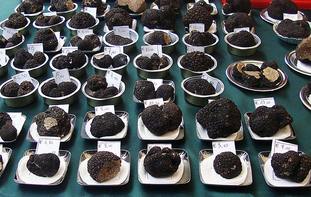 Truffles, Truffles and more Truffles in Alba Truffles, Truffles and more Truffles in Alba Another reason to Voyage to Italy during harvest time is to enjoy the many various types of sagre (festivals) at this time of year. There's a lot more being harvested than just grapes. Local festivals are held for wine, cheese, bread, nuts, pumpkins, chocolate, mushrooms, sausages.... you name it, and there's a festival for you--some for food, some for history, all in the colorful autumn Italian countryside. Here are just a few...
--Jerry Finzi If you enjoyed this post, please don't forget to share it with your on your favorite social media site. Ciao! 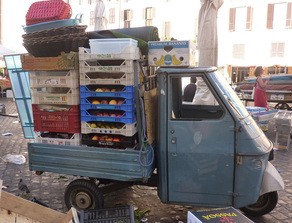 A treruote packed to the gills. A treruote packed to the gills. Macchina is another word Italians use when referring to their car. Sure, they say auto too, but most people seemed to use the word macchina (MAK-eena). Even in the Godfather, when Michael tells Fabrizio to get the car (just before Apollonia gets blown up), he uses the word macchina. Macchina also means machine. Sure. Makes sense. You have to examine the Italian psyche to figure out why they think of their vehicles as machines. I think of how they drive. With abandon. Seemingly fearless, not afraid to die. They will pass you on a blind curve with a cliff on one side and nothing on the other. They will pass you on a straightaway but wait until there is a car in the opposite oncoming lane so they can pass in between both cars. Towns like Naples or Bari don't have stop lights where you think they'd be, and even when there is a red light, the driver commands his machine to ignore it--and the cross traffic. Is it bravado? Is it too much wine? Perhaps it's just that they trust their car more... their macchina. Think of the expression "a well oiled machine". Consider the Italian race driver who trusts his car more than his wife. Consider the little, treroute (three-wheeler) which is seen hauling everything from grapes to cement to olives to hay to furniture or cases of wine. The slow-poked three wheeler will be seen on unpaved farm paths, the streets of Rome, and even the Autostrada. It might be taking a bride to her wedding, hauling trash or rigged out to sell gelati.
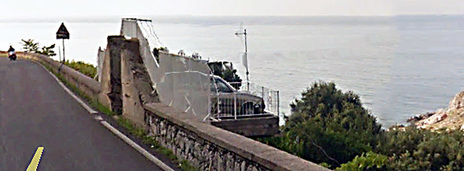 A Google Earth capture of the teeny concrete parking hanging over the cliff in Amalfi. A Google Earth capture of the teeny concrete parking hanging over the cliff in Amalfi. Then you have the tiny cars... the CinqueCento (Fiat 500), the Pandas, the Puntas, the Smart ForTwo and those one person cycle-cars. Americans buy cars because of the emotional feeling it gives them... cars gives us a persona. Not the Italian driver. He is more practical, seeing his vehicle as a machine--macchina--a tool to get things done. Sometimes la macchina does specific tasks, other times more like a multi-tool or a Swiss Army knife--the treroute again. Small means you can park anywhere--literally--anywhere. Small means you can drive down the white line like a scooter. Small means you'll never get stuck in a ultra-narrow street in a small village. Small means you can have a parking space in your home, even if it's a tiny little platform hanging over the edge of a cliff--or on your roof, or in a small cave (I saw all three types on the Amalfi Coast.) One was a concrete pad hanging over thin air with barely enough space to fit a teeny Fiat Panda with the sea below. Check out the photo on the left. Paul Simon sings, "Cars are cars. All over the world." Not so, Paul. Not so. In Italy they are machines. Tools. Macchine. Even the Pope has his PopeMobile... a very specialized tool. --Jerry Finzi P.S. If you like what you've read, please LIKE us on Facebook and SHARE us with your friends who might also be interested. Grazie! When people picture Venice, aside from the canals, they will inevitably think of the iconic Campanile in St. Marks Piazza. What they don't realize is the tower standing today was a replica... rebuilt after it collapsed in 1902 after suffering centuries of damage from earthquakes, rising water levels and lightning strikes. Its full height of 98 meters of brick and stone collapsed under its own weight into a huge pile of rubble in Piazza San Marco on a July morning... the only casualty, a cat. The same evening, the Venice commune council voted to rebuild--stone by stone--exactly how it looked before the collapse. The work began in 1903 using the stone and brick from the original structure. The newly erected tower was rededicated in April of 1912. An amazing feat. But of course, even back then, the Campanile was one of the jewels of Venice... a premier stop on one's Grand Voyage through Europe. It was a money-maker, so there was no question about it being rebuilt ASAP. Throughout history, historic structures have been cherished, ruined, loved and rebuilt by people who are proud of their own history. I have seen entire towns in Europe that have been rebuilt in historic accuracy even after World Wars. This bond in Italy is a powerful one which connects the everyday citizen to the ancient Romans, Greeks and Etruscans. Today, after the horrific loses in both life and architectural history from the earthquake of two days ago, Italians have to band together and come to a conclusion that the losses of such beautiful and historic treasures such as Amatrice (the "Town of 100 Churches") and other hill towns in the effected area are totally unacceptable. For example, Amatrice was voted one of Italy’s most beautiful towns last year and was cherished for its Cento Chiese (100 churches) filled with frescoes, mosaics and sculptures. Half the facade of the 15th-century church of Sant’Agostino has collapsed, taking with it the beautiful rose window. They should not allow these historic gems to suffer the same fate as other earthquake damaged towns that have come before them.... turning them into de facto ghost towns. After all, many of these, although beautiful in their own right, were fairly poor without the deep pockets of the likes of Venice. But I argue that rebuilding and restoration of these historic structures and villages should be done as a tribute to the souls lost in this tragedy. I have seen the pride on Italians faces all over Italy for the wonderful little hilltowns they live in. Each is unique in some way--and all have enormous beauty. The people whose lives were lost can never be brought back, but Italy should band together and give tribute to them by rebuilding the homes they treasured so much... where they lived, laughed, sang, ate wonderful local food, held their sagre (festivals), raised their children, honored their ancestors and eventually lost their lives to a cruel act of Mother Nature. Here are some photos of what the three hardest towns used to look like--before the quake... Rebuild these towns. No more ghost towns. Honor the memories and lives of all who left their homes this week for all eternity. Never forget. Do not abandon those left behind... --Jerry Finzi Copyright 2016, Jerry Finzi/Grand Voyage Italy - All Rights Reserved 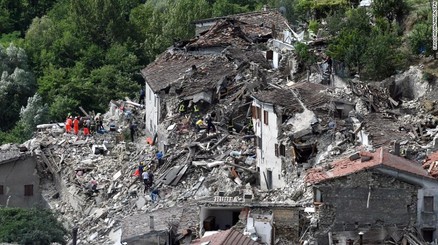 Pescara del Tronto Pescara del Tronto UPDATE--August 25th, 2016: Although Amatrice's 13th century campanile tower is still standing, it's bell was knocked loose and its clock is stuck at 3:39, the time of the quake. Aftershocks have sent stones falling from the tower as late as Thursday--the danger is still very real. Over 250 people died and hundreds more were injured, with many more still trapped in the collapsed buildings. One hotel in Amatrice had over 70 people staying there--the hotel had completely collapsed. Aside from Amatrice, three other towns were also seriously affected... Accumoli, Pescara del Tronto and Arquata del Tronto. There are also dozens of hamlets in the area--small clusters of houses which are usually incorporated into nearby larger communes--that have yet to be reached by rescuers. Aftershocks are still occurring in the affected areas, hampering rescue teams. One CNN reporter was streaming live on Facebook when suddenly the house immediately behind her collapsed. Many residents that survived are telling frightening tales of crawling out of their crumbled homes through dust, rocks and broken furnishings. Many were thrust into the night wearing only pajamas coated with foul smelling dust... replaced with clean clothes by their neighbors other volunteer rescuers. People have "lost everything", including family members, friends and neighbors. Although the elderly have spent nights in emergency tents, others are forced to stay out in the open. The temperatures in this mountainous region tend to get very cold in the evenings. As aerial photography shows, in some towns the more serious damage occurred to historic centers of towns where buildings are from 400 to 600 or more years old. In newer built areas, damage was not as severe. In the past, towns like these struck by severe earthquakes have become ghost towns, with the populations moved to new-built towns near their original location. Italy does not have a successful record of rebuilding after such earthquakes. Their economy can't afford it. Former residents fear rebuilding and moving back to their homes which sit right on top of obviously active geological faults. About 8,300 people who were forced to leave their houses after a deadly earthquake in L'Aquila in 2009 are still living in temporary accommodation. When we visited Italy we passed through several "ghost towns" that have been abandoned after having gone through such quakes. The people still own their properties, and might still spend time there tending their gardens, olive and nut trees, but at night go elsewhere to sleep. This quake was felt in a wide area of central Italy... some in Rome reported being terrified as their hotel rooms shook for as long as 30 seconds. --Jerry Finzi August 24th, 2016 -- "A 6.2-magnitude earthquake hit central Italy on Wednesday and was felt in Rome some 150 km (90 miles) away", the United States Geological Survey and AFP journalists said. The US Geological Survey (USGS) reported that an earthquake occurred 10 kilometres (six miles) southeast of Norcia, 75 km (47 miles) southeast of Perugia and 45 km (28 mi) north of L'Aquila, in an area bordering the Umbria, Lazio, and Marche regions. 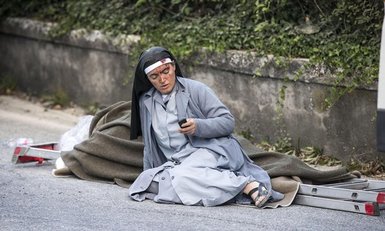 photo by Massimo Percossi photo by Massimo Percossi At the time I'm writing this, around 10:30 am, Eastern Time in the U.S., it's been reported by Italian civil protection authorities that 73 people have been killed in the earthquake. Aerial photos of villages in the region show large proportions of hilltop villages have crumbled with many people missing under the rubble. Sadly, the numbers of dead are expected to rise dramatically. In Amatrice, one hard hit town, there were a larger number of people in town preparing for their annual Pasta Amatriciana Festival this coming weekend. Officials fear more injuries and deaths because of the larger than normal number of people in the town at the time. The additional fact that the quake hit during the middle of the night makes matters even worse. 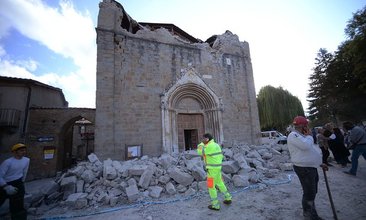 Sant’Agostino Church in Amatrice was badly damaged Sant’Agostino Church in Amatrice was badly damaged Amatrice's mayor, Sergio Perozzi was heard on RAI radio saying, "The roads in and out of town are cut off. Half the town is gone. There are people under the rubble... There's been a landslide and a bridge might collapse." He then added, “The town isn’t here anymore.” Italy's Civil Protection agency described the earthquake as "severe". Teams from the Italian state police have come into the affected area to prevent looting. Earlier Italy’s forestry police told AP that they had extracted dozens of people alive from the rubble in the town of Pescara del Tronto. News footage from the hill town showed rescue workers being winched from a helicopter. But there have also been reports of scores dead in the towns of Accumoli and Pescara del Tronto. We can only hope and pray that our Italian cousins get through this natural disaster... with the help of all of us, I believe they can and will... Click the photo below to donate to the Italian Red Cross. --Jerry Finzi To donate to the Croce Rossa Italiana in dollars and English, go HERE. When we Voyaged around Italy, we kept seeing men in the piazza or in their storefront clubs playing cards. The cards were very fancy looking, something like French cards I saw years ago. But what is this game that gets the men so absorbed they rarely look away from the game? When it seems sudden passions arise and they forcefully slap cards on the table--with a kind of macho panache. We saw it played in the north, down in Basilicata, in Molfetta and most small towns. I discovered they were most likely playing one of the two most popular Italian card games: Briscola (literally, Trump) or Scopa (broom, or Scopare--to sweep). The cards are very beautiful and interesting. A deck of Italian cards consists of forty cards, divided into four suits: coins (Denari, often looking like sunbursts), swords (Spade), cups (Coppe) and clubs (Bastoni--not the same as our clubs. Theirs are actual clubs or bats.) The number value of the cards range from one through seven (not up to ten like our cards). There are also "picture cards" in each suit: Knave (Fante), Knight (Cavallo), and King (Re). The Knave is man standing. The Knight always has a horse somewhere. The King wears a crown. Count the symbols for the number value of the cards. The Ace (Asso) of Coins is a bird with circle in the middle, and other Aces always have one of their symbol. 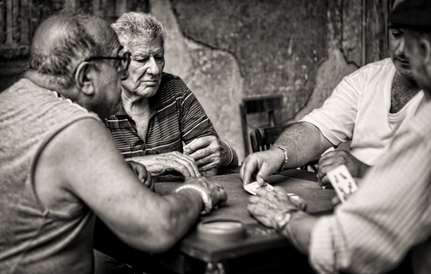 BRISCOLA Briscola is also played in Croatia, Libya, Spain and Portugal, Malta, Slovenia. and even Puerto Rico, its poularity more than likely spread by sailors who played the game in various ports and aboard ship. It is played by two to six players played with a standard Italian 40-card deck. The game is said to originate from an older Dutch game, evidenced by the word cappotto yelled when one team wins--very similar to the Dutch word "Kaput" meaning to be defeated (though capotto means jacket in Italian). Basically this is a trump following game, although the rules allow the trump to be suddenly changed by players, making it a bit more unpredictable. The four and six player versions of the game are played as a partnership game of two teams. Each card has its own point value-- Ace 11, Three 3, King 10, Knight 4, Jack 3. A deck has 120 points total. To win a game, a player or team must get more points than any other player. Game Play After the deck is shuffled, each player is dealt three cards. The next card is placed face up on the playing surface, and the remaining deck is placed face down, sometimes covering half of the up-turned card. This card is the Briscola, and represents the trump suit for the game. Before the game begins if a player has the deuce of trump he may retire the briscola. This move may only be done at the beginning of the game or first hand. Before the first hand is played (in four player game), team players may show each other their cards. Dealing out cards and the players turns go in a counter-clockwise direction. The player to the right of the dealer leads the first hand (trucco) by laying one card face up. Each player subsequently plays a card in turn, until all players have played one card. The winner of that hand is: if any briscola (trump) has been played, the player who played the highest valued trump wins; or if no briscole (trumps) have been played, the player who played the highest card of the lead suit wins. Players are not required to follow suit, that is, to play the same suit as the lead player. The winner of a trucco collects the cards he just won and places them face down in front of him. Each player maintains his/her own pile. Then each player draws a card from the remaining deck to replace the one previously played, starting with the player who won the trick, proceeding counter-clockwise. The last card collected in the game should be turned up and become the new Briscola (trump). The player who won the trucco plays the first can. During the game and only before the next to the last hand is played, a player who draws the card with the seven (7) of trump can take the briscola. This may be done only if the player has won a hand. Before the last hand, people in the same team can look at each other's cards. After all cards have been played, players calculate the total point value of cards in their own piles. For multi-player games, partners combine their points. SCOPA Scopa is the other popular card game played in Italy. Scopa in Italian means broom, and the game is one when a player sweeps all the cards from the table. It is an easy game to learn but difficult to become really good at it. It's a game of both skill and luck. Again, this is an excitable game, with body language, hand gestures and a bit of cursing being the norm during play. It is also played with the 40-card deck of cards, either with 2 players or partnerships from 4 to 6 players. Members of the same team sit opposite each other. Only one player deals the cards and hands out 3 cards to each player, and then deals four cards face up on the table in front of him. A table card may be dealt before the deal begins, immediately after dealing a card to one player, but before dealing to the next player, or after dealing all players all three cards. The first player (going counter-clockwise again) decides from one of two options: place a card on the table, or play a card to capture one or more cards. A capture is made by matching a card in the player's hand to a card of the same value on the table, or if that is not possible, by matching a card in the player's hand to the sum of the values of two or more cards on the table. The card from the player's hand and captured cards are then placed face down player and considered out of play. If the player captures all cards, this is called a scopa, with additional points awarded at the end hand. After the players have played all three cards, three new cards are dealt to each player, with the new play starting with the player on the dealers right side. That player then begins play again. No additional cards are dealt to the table. This hands are repeated until no more cards remain. In the last hand, the player who most recently captured is awarded any remaining cards, and points are calculated for each player or team. When calculating scores, each scopa (sweep) nets one point. Then a player or team gets one point if he took the highest total number of cards, the highest number of Coin suit cards, the seven of Coins (called the settebello). Calculating the primiera (prime), is also usual. To award the primiera, each cards is given a value. You sum up the points for each card and the highest total is the primiera. The primiera is worth one point towards the total score. There are many variants to the traditional game of scopa, just like in poker. One of the most popular is the Asso piglia tutto (ace wins it all). The player that plays an ace can take all the cards on the table. This can count as a sweep or not, according to the variant in use. The next time you see men playing on their little table in the piazza, stand for a while and watch. See if you follow the play. Just don't make any side bets... Buy Italian Playing Cards on Amazon... click the photo above. --Jerry Finzi If you enjoyed this post, please share it on your favorite social media site. Grazie! We planned on going to Italy even before our son, Lucas was born, but because of a sudden illness, we had to call it off. Then in 2014, we planned our three week Voyage to Italy, but this time, with our 12 year old son along with some typical goals... see the art, architecture, learn the history and search out my father's roots in Molfetta down in Puglia. We knew it would be a great time, giving us fantastic memories, but as this blog shows, it has changed our lives in many ways. Here are a few ways that a Voyage to Italy might change you forever:
--Jerry Finzi If you liked this article, please share it with your friends! Ciao! You can also follow Grand Voyage Italy on: Google+ StumbleUpon Tumblr Copyright 2016 - Jerry Finzi/Grand Voyage Italy - All Rights Reserved
When we traveled throughout Italy, we found either no Internet access and barely any TV, or when they existed, they were usually satellite or antenna based systems--read: S L O W. In large cities, like Rome or Florence, no problem. There were decent speeds and a decent number of cable channels--often the internet packages are bundled with TV. Our best Internet and TV was in our Rome rental apartment--our worst was in rural areas of Campania, Basilicata and Puglia.
Out in the countryside, in small villages all over Italy, we would see satellite dishes or small flat antenna units mounted on roofs that picked up the signals from either a satellite hovering above in space, or a tall tower in the nearby local area--a Wide Area Network of sorts. Even when there is a decent connection, the WiFi system inside homes and hotels can be terribly slow with buggy connections. The reason is the thick, stone walls that most structures are made out of. It's a simple task to send WiFi throughout the three floors of my American 1868 vintage brick and timber home (and much more so in standard stud framed and dry-walled track homes), but WiFi signals don't pass through 1-2 foot thick stone walls and 2" thick clay tile floors easily. Boosting the quality, stability and speed of broadband internet service is needed by most regions of Italy, not only for the locals, but for tourists who might be used to more reliable internet connections. It would also be a boon to business travelers, saving money to avoid cell phone data charges for mobile hot-spot use. In 2012, it was reported that Italy ranked dead last in Europe when it came to truly high speed broadband coverage. In the rest of Europe, anywhere from 27% to 54% subscribe to services with speeds at 30Mbps or above. Italy? Only 14%. The Italian government is at long last partnering with telecom companies to fix the problem. The project is called Fiber for Italy project initially will reach 20 million people in Italy's 15 largest cities, followed by another 138 cities by 2018. The government has also started the Italia Digitale project, which will provide at least 50% of Italians with high-speed internet access by 2020. They even plan on extending the resulting fiber-optic network to rural areas, hopefully putting an end to tower and satellite based systems. The Fiber for Italy project has three main objectives: implementing a digital national register, a database of all of Italy's citizens (will Grande Fratello be watching?); introducing a system that allows public sector suppliers submit invoices digitally; and creating a single digital identity for Italians to use when they interact with the state—no more separate logins for dealing with different government services. Italians and tourists alike might have to wait for a few more years, but barring an Italexit, the collapse of the Euro, and with a real financial commitment (one company's bid is almost one billion dollars), perhaps high speed fiber-optic technology will finally arrive in the land of gelato, Michelangelo's David, pasta and pizza. --Jerry Finzi If you liked this article, please share it with your friends! Ciao! You can also follow Grand Voyage Italy on: Google+ StumbleUpon Tumblr 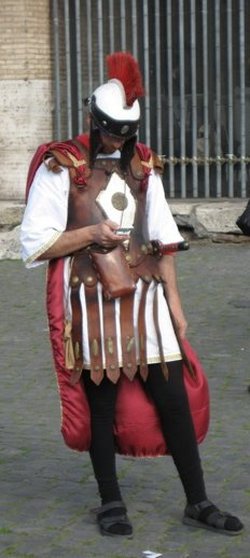 In Italy, Internet service is rare, sluggish and prone to weather-related problems (most services are satellite based systems--easier to install with all those stone walls). But soon there may be another option to get connected while visiting your favorite tourist sites. Even though Italy is short on cash, in 2017 it is going to start providing high-speed internet access at major tourist attractions, including all of its UNESCO World Heritage Sites. Also in the plan to get connected: seaside resorts, historic cities, airports and train stations. But is this just a scheme to get Italian Big Brother watching and following even more people? The Italian government in fact wants to create a nationwide WI-fi network, which users can access via a single personal login, but according to La Repubblica, such a system will allow data to be collected on where tourists are spending their time, and perhaps it's own citizens. Officials claim that the system would make it easier for people to enjoy Italy's natural and cultural attractions. According to Antonello Giacomelli, from the Economic Development Ministry, "We need to integrate services as much as possible because the digital element is part of the complete visitor experience." Really? My son Lucas, my wife and I just used our imaginations and our own senses to delve into the history and majesty of the Colosseum when we visited--I had no desire to get on my smart phone to do some surfing. We already have Google tracking us like this. If I even look at a camera I'm interested in, I will then be barrages with camera ads on virtually every site I go onto that uses Googles data. I wouldn't want that after visiting historic sites in Italy (or the Taj Mahal, for that matter... apparently, this is a worldwide effort linking public WiFi with data mining and advertising). Italy has more World Heritage Sites than any other country--51 at this writing--from Pompeii and Herculaneum, to Palladian villas, the cave city of Matera and Sicily's Mount Etna. This project is odd when you consider that Italy has a problem with state funding for the upkeep of its historic sites and have already used corporate moneys to restore the Colosseum, Trevi Fountain and more. Perhaps it's a scheme to sell the data from such a national WiFi system to pay for their maintenance. As for me, I don't need WiFi when visiting such sites and soaking in the historic significance and culture. Turn off your smart phones and just feel the history beneath your feet! --Jerry Finzi You can also follow Grand Voyage Italy on: Google+ StumbleUpon Tumblr Copyright Jerry Finzi/Grand Voyage Italy - 2016 |
Categories
All
Archive
June 2024
|


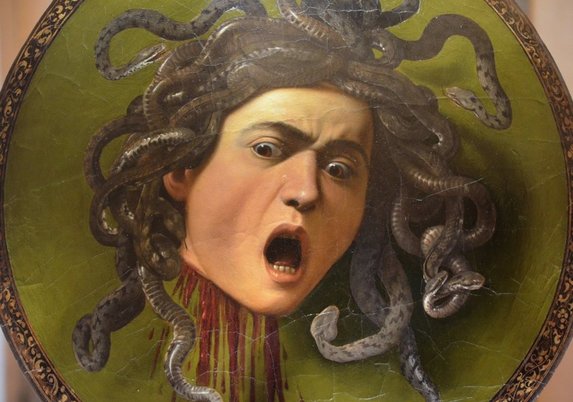
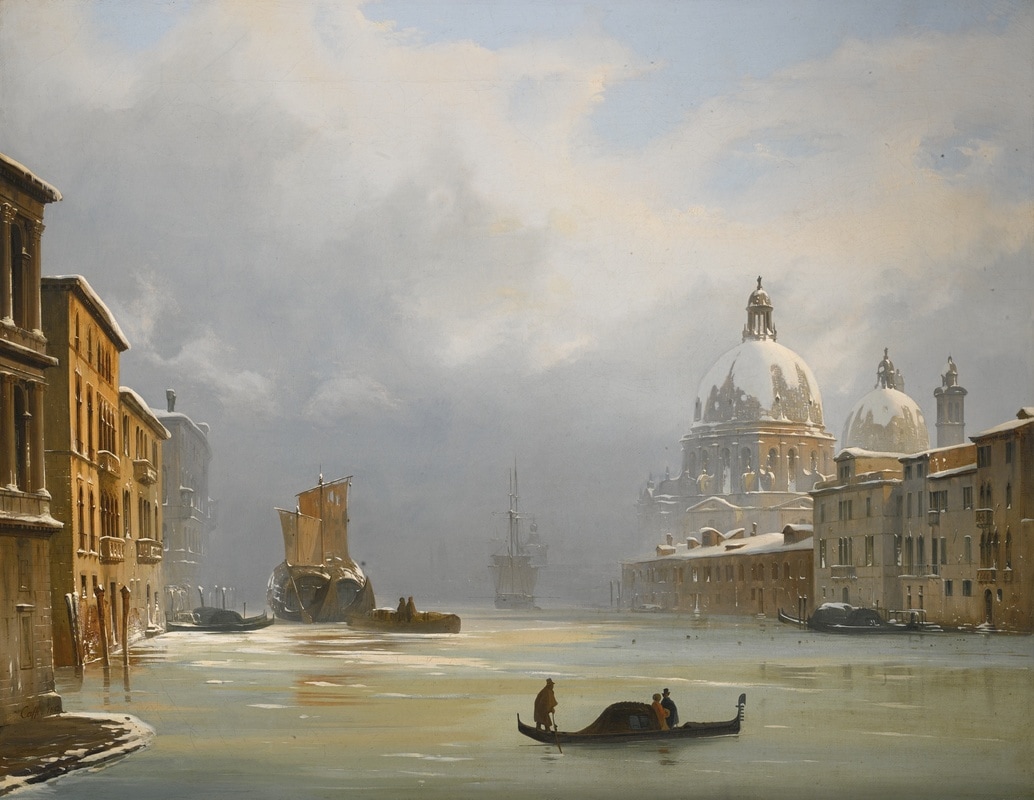
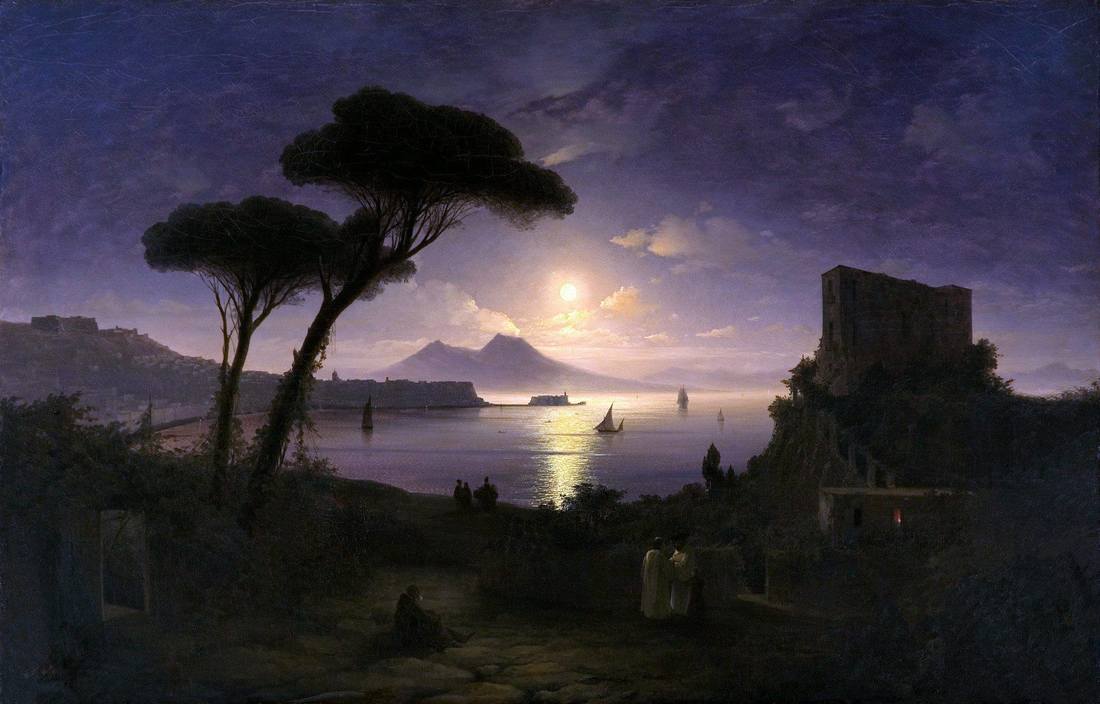
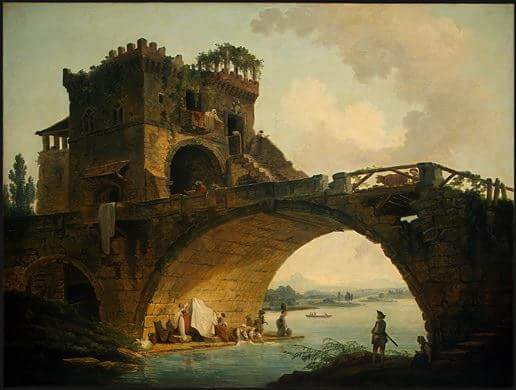
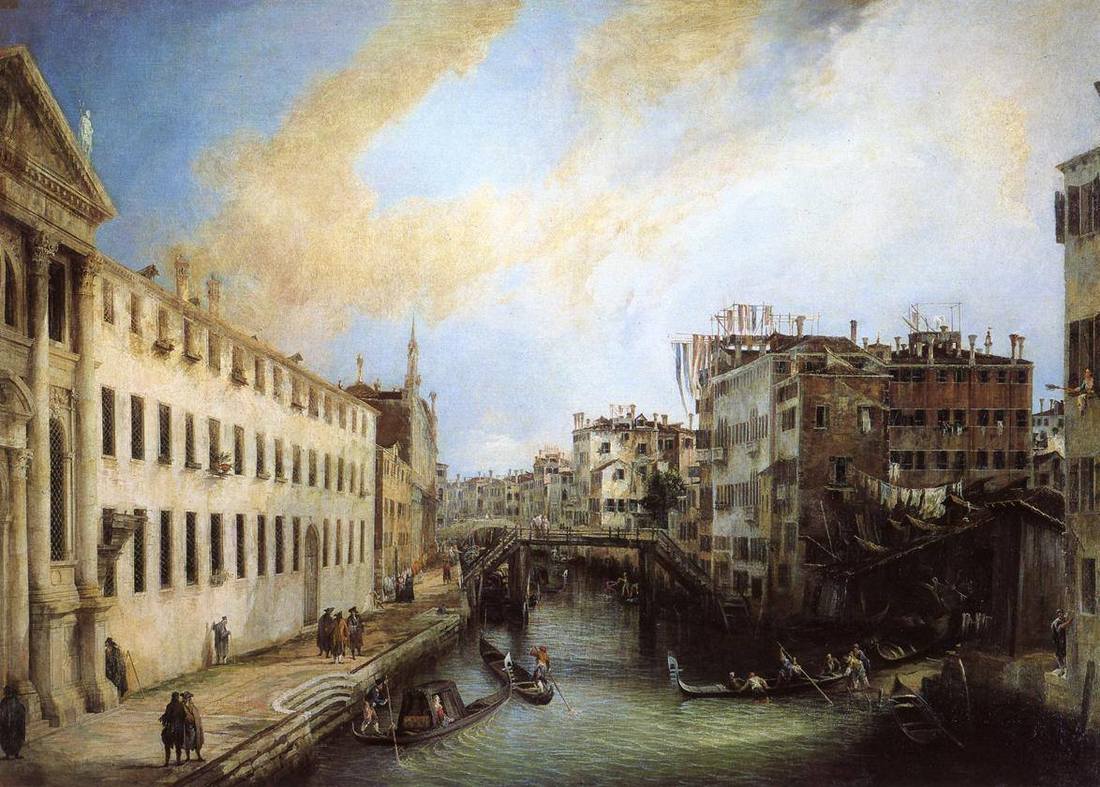
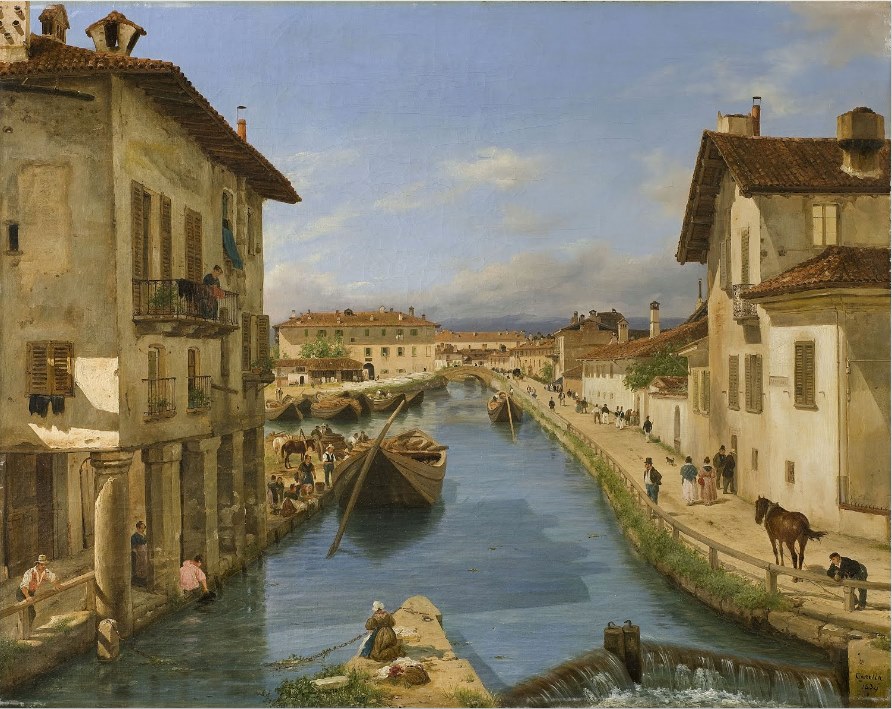
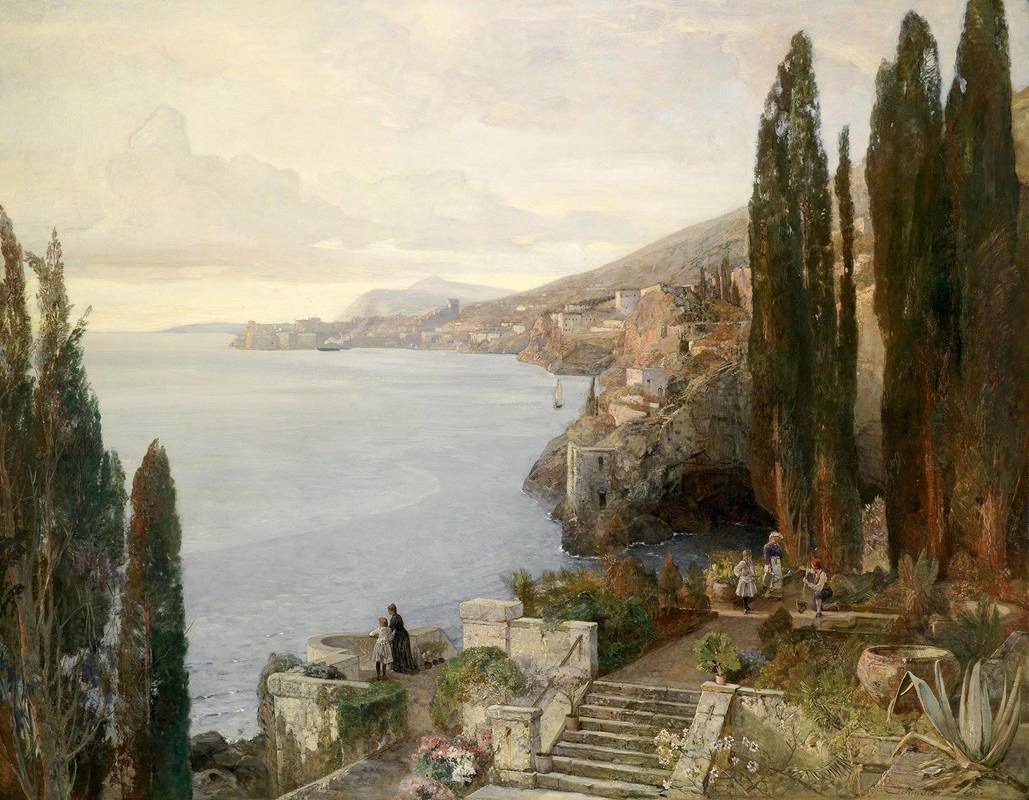
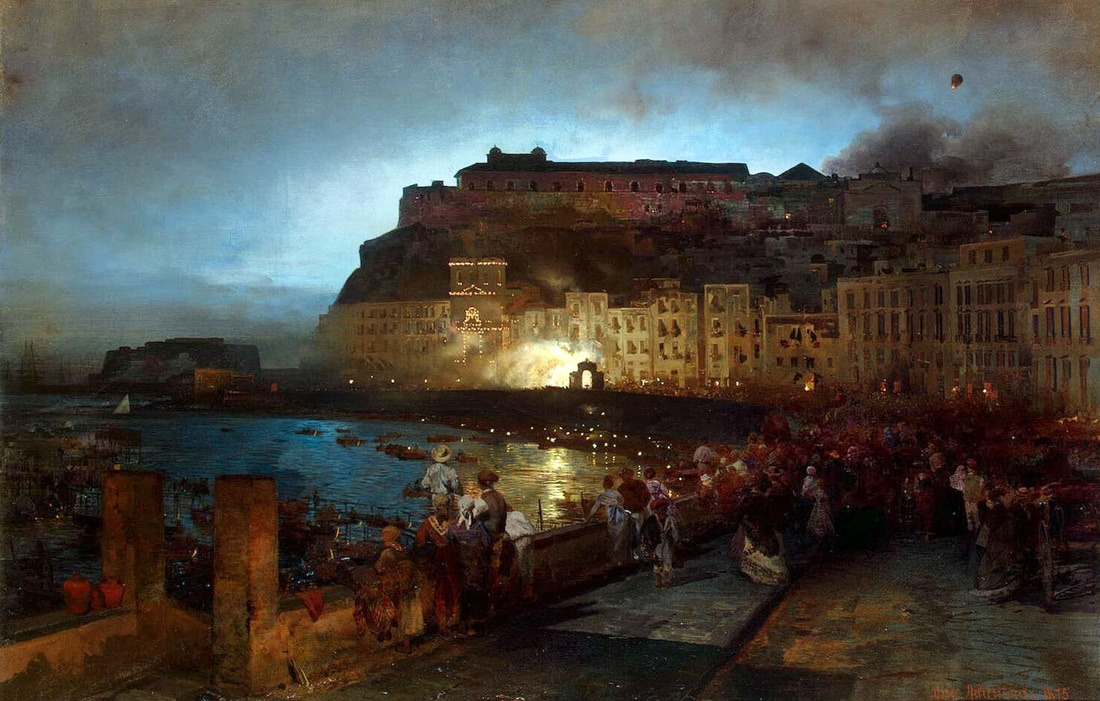
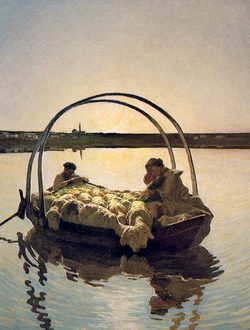

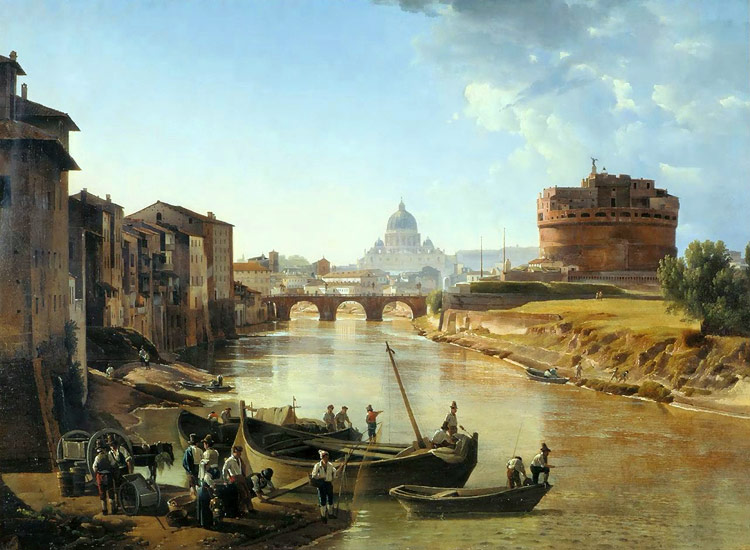
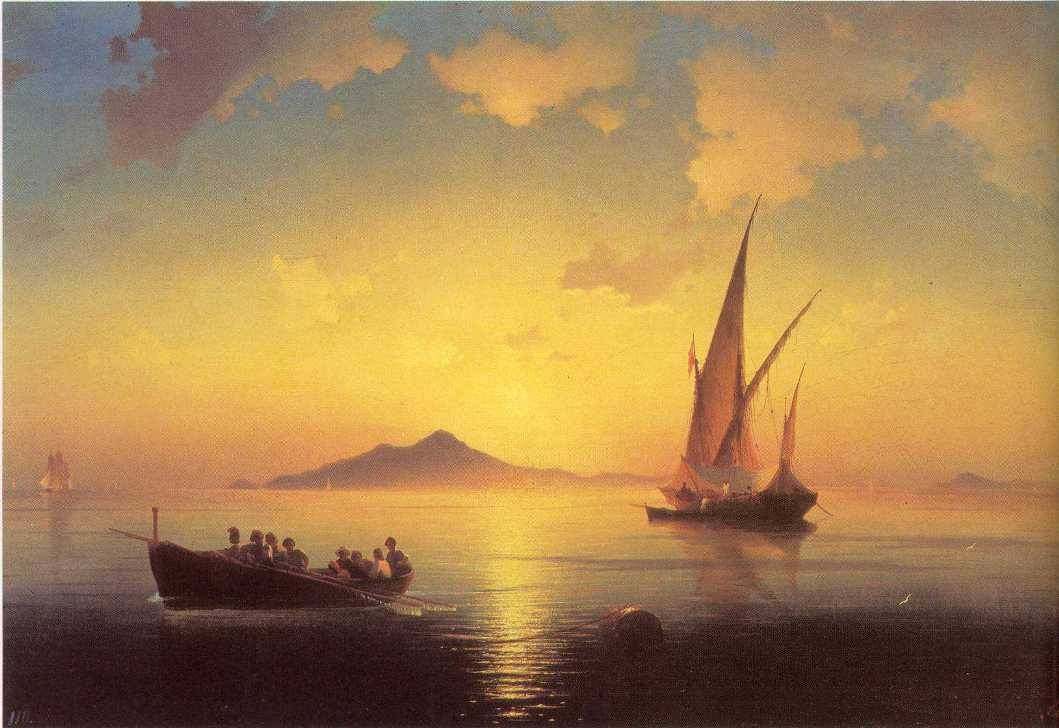
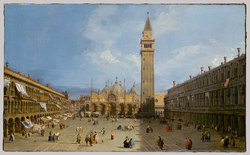
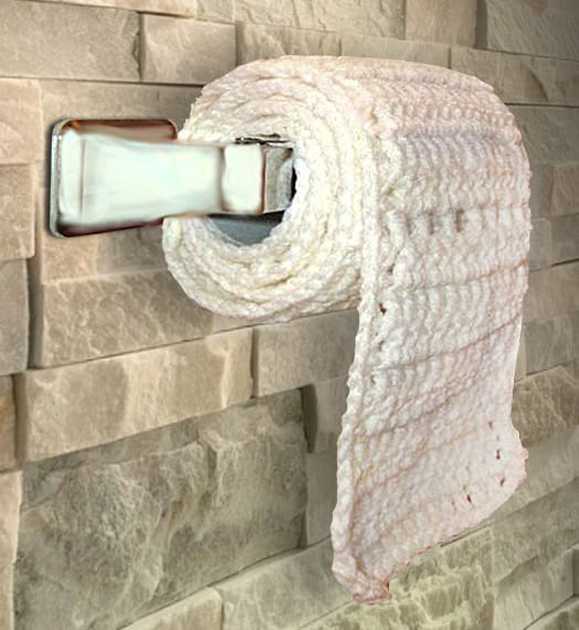
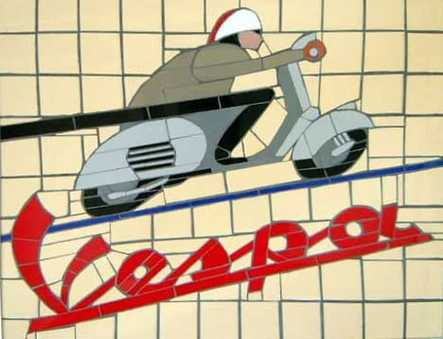
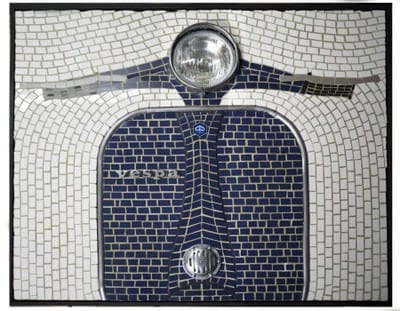

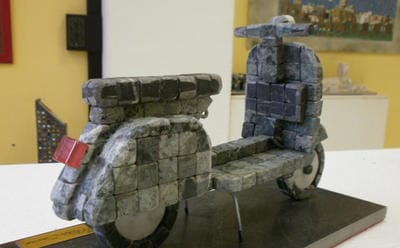
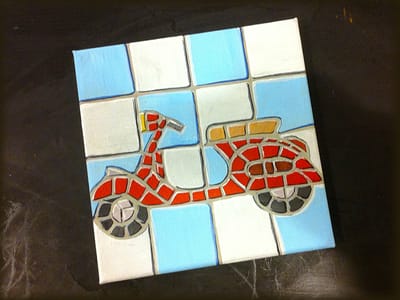
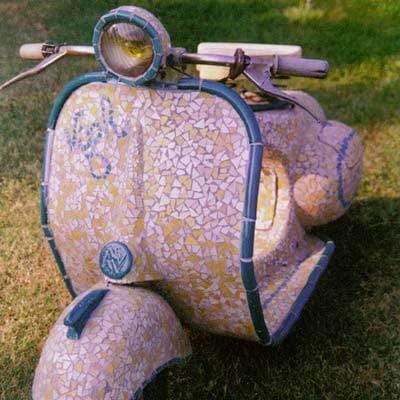
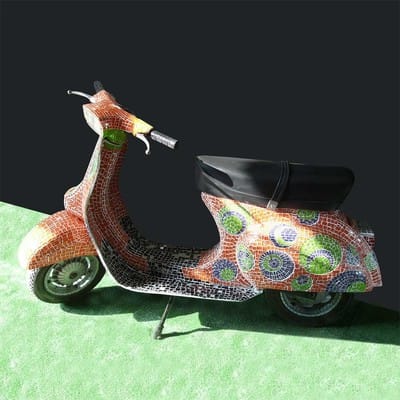
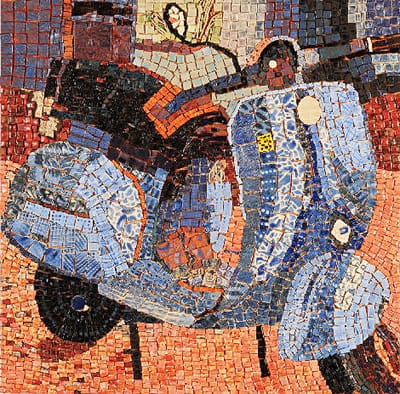
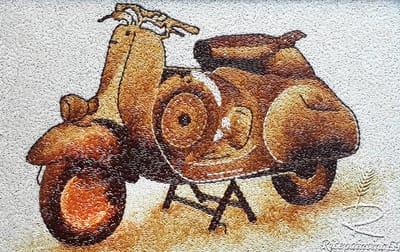
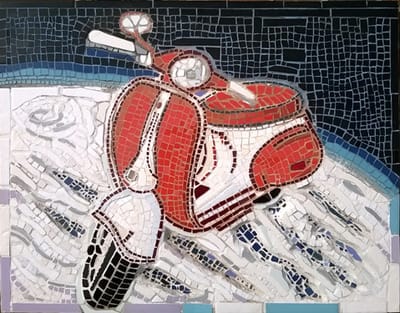
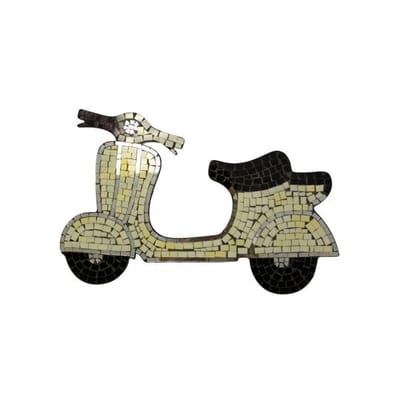
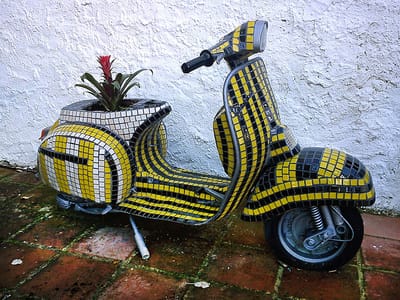
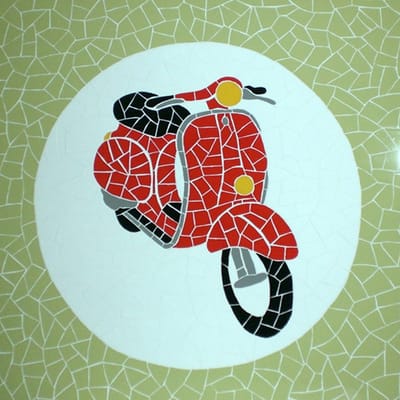
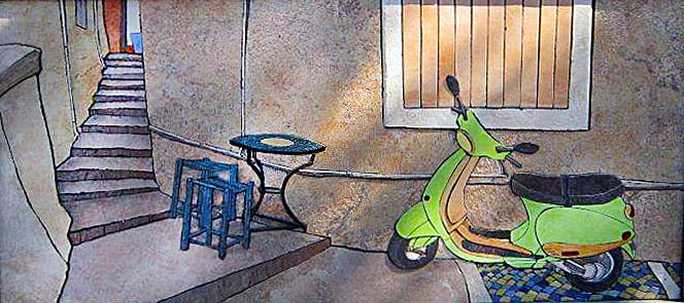
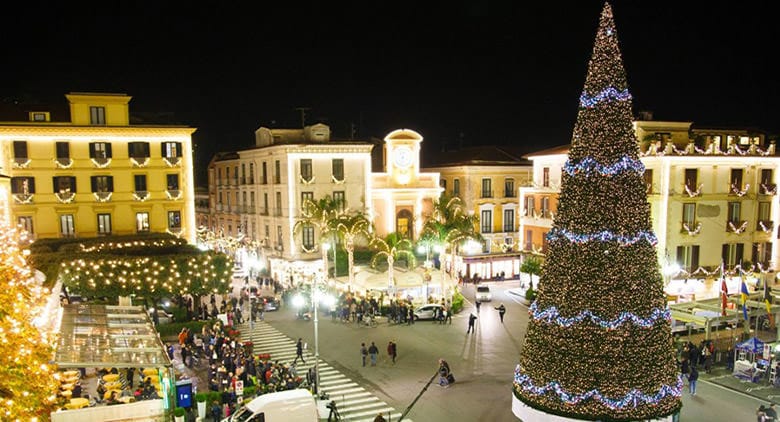
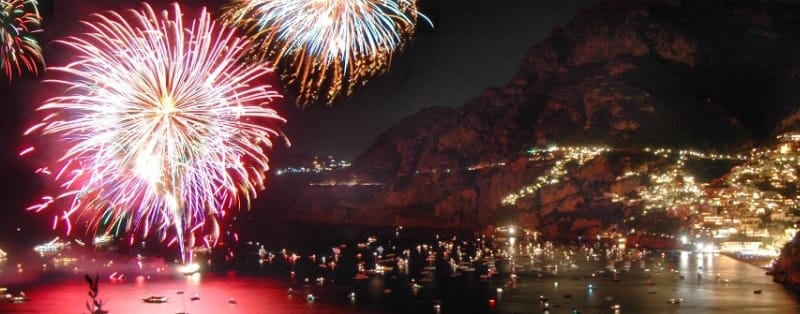
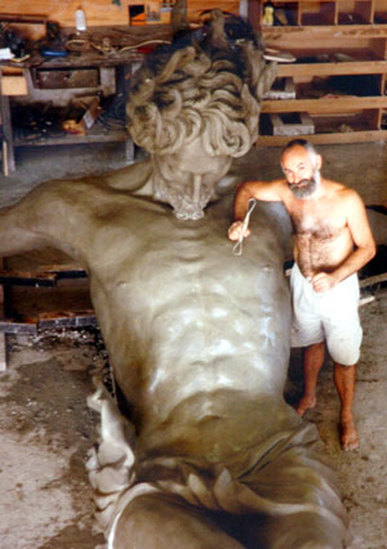
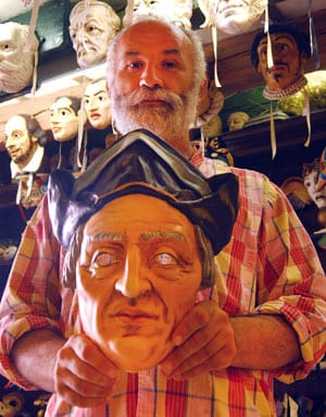
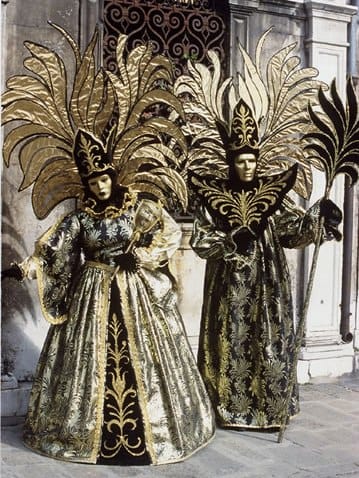
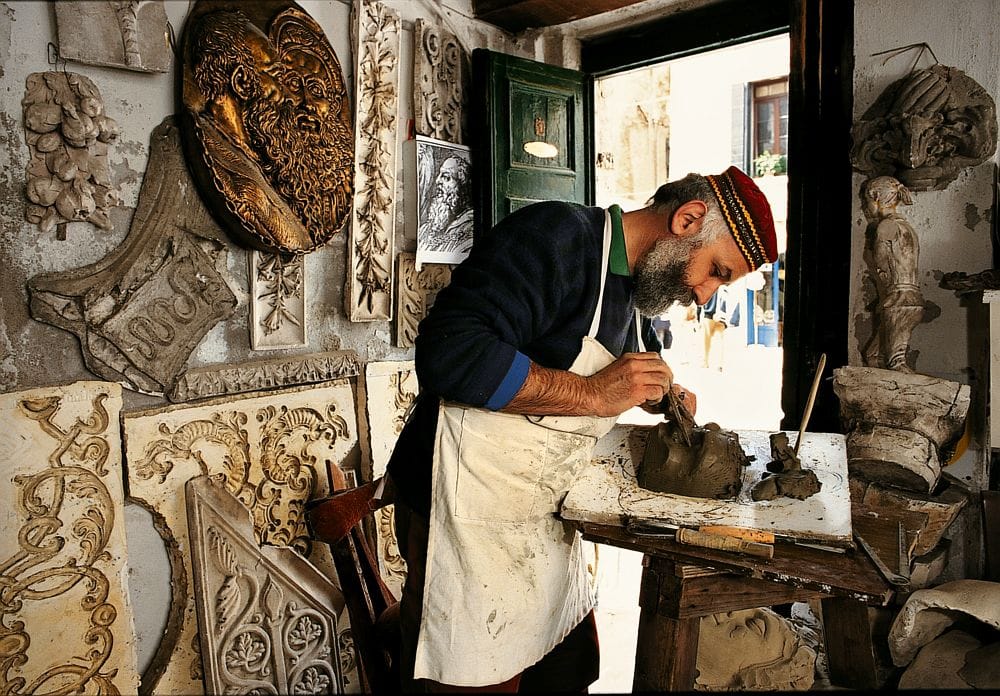
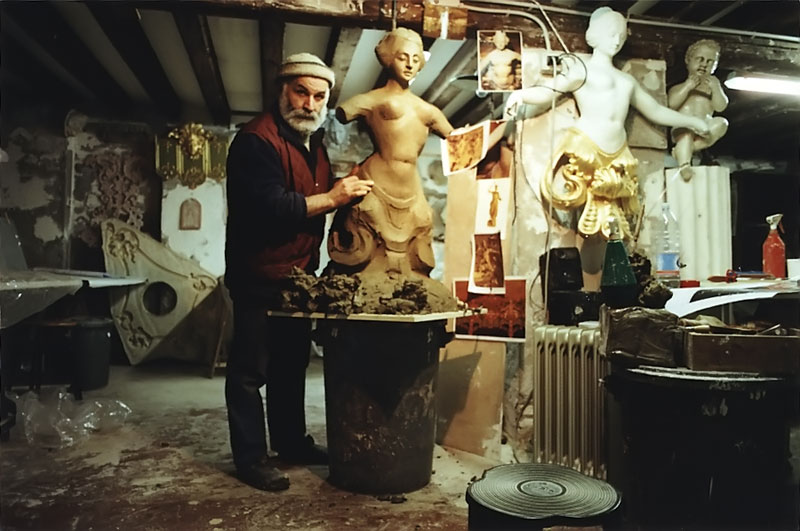
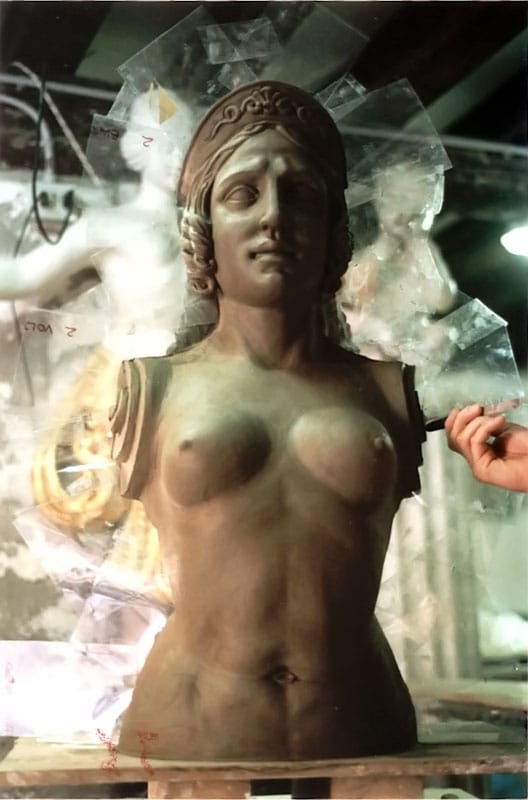
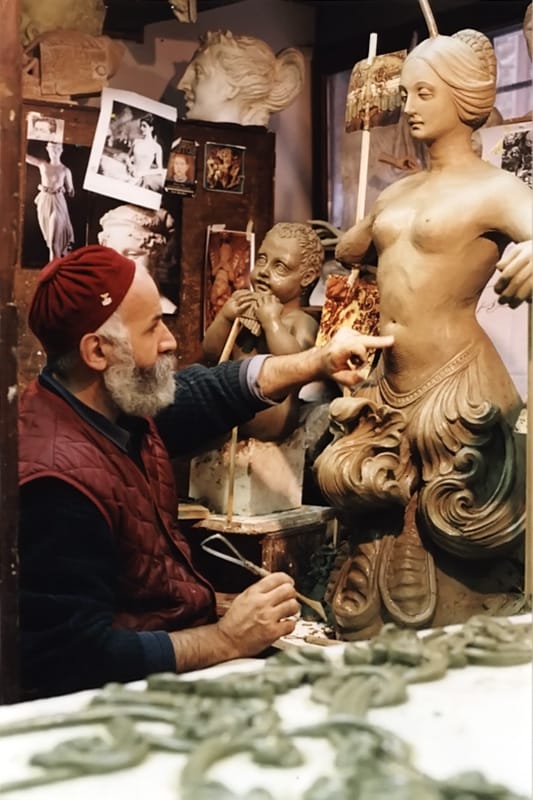
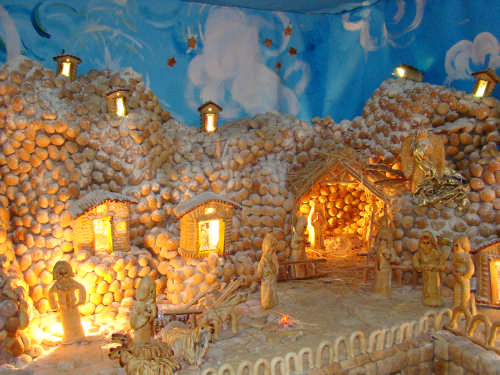
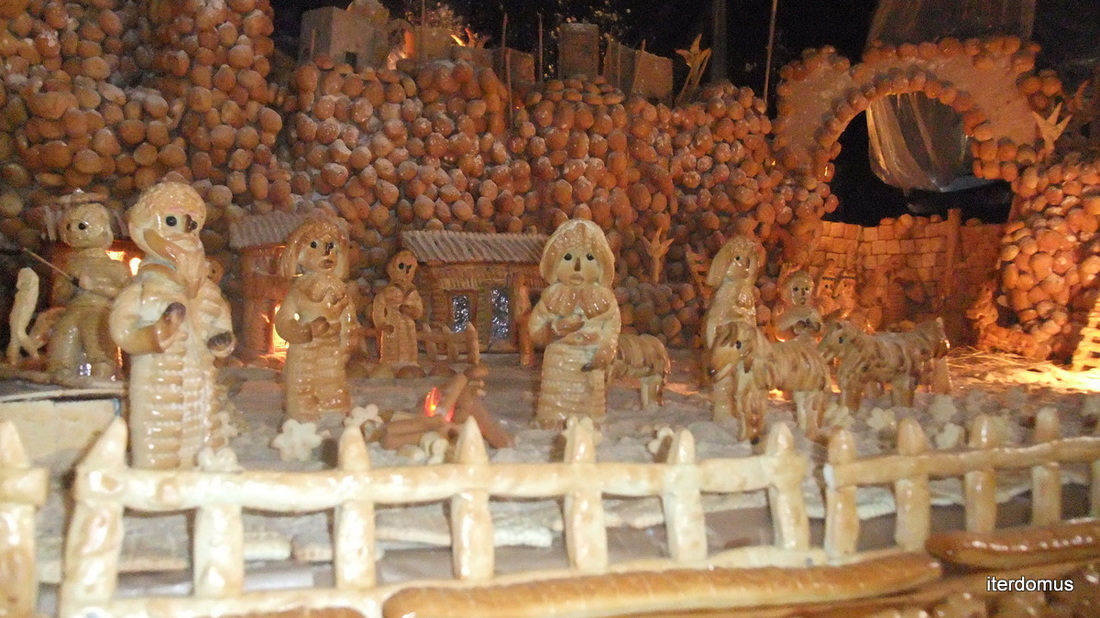
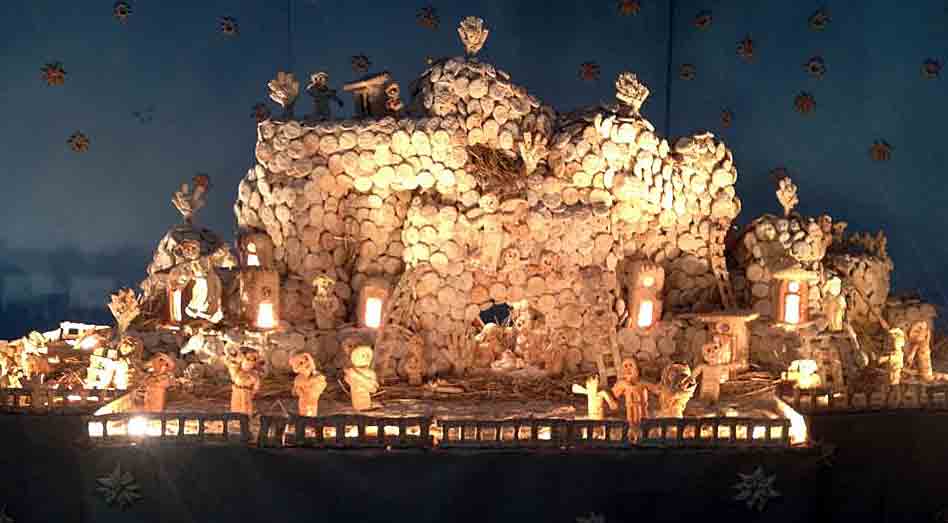
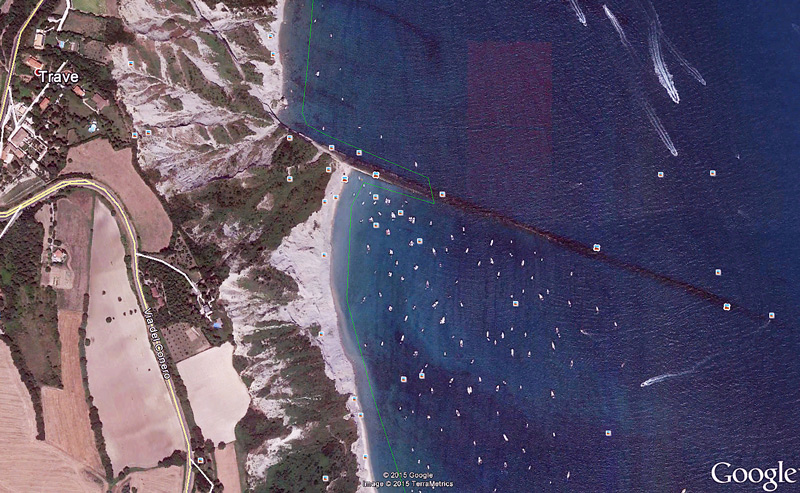
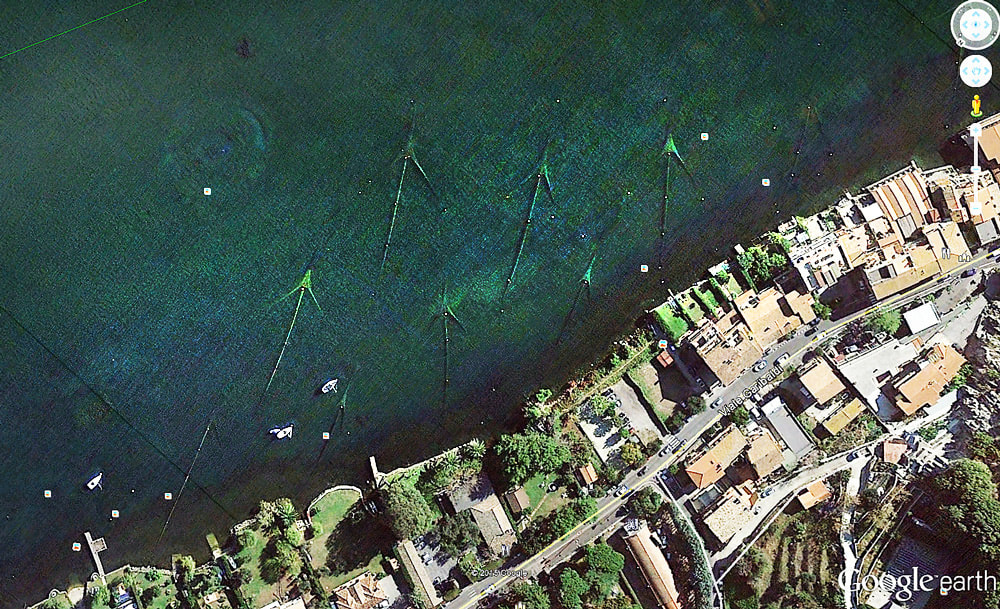
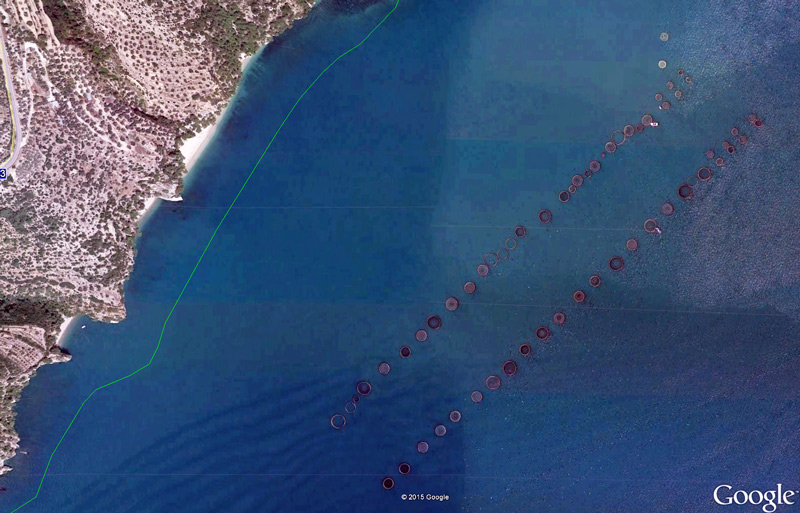
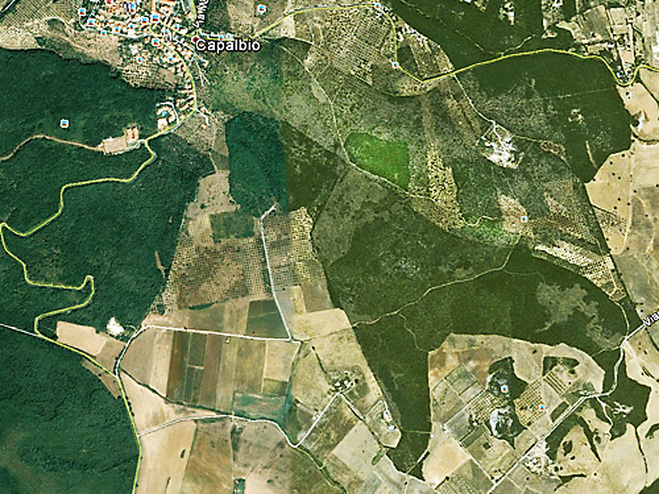
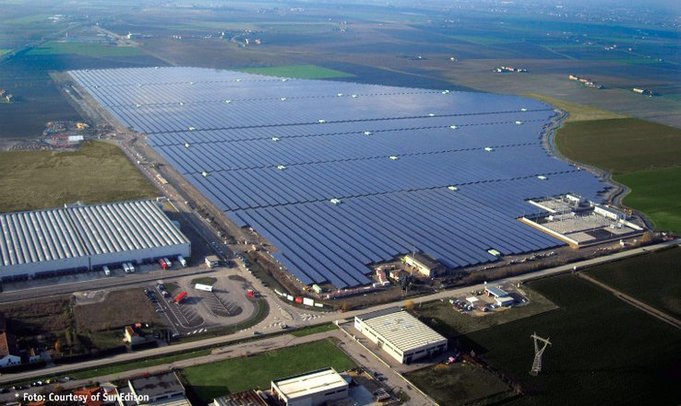
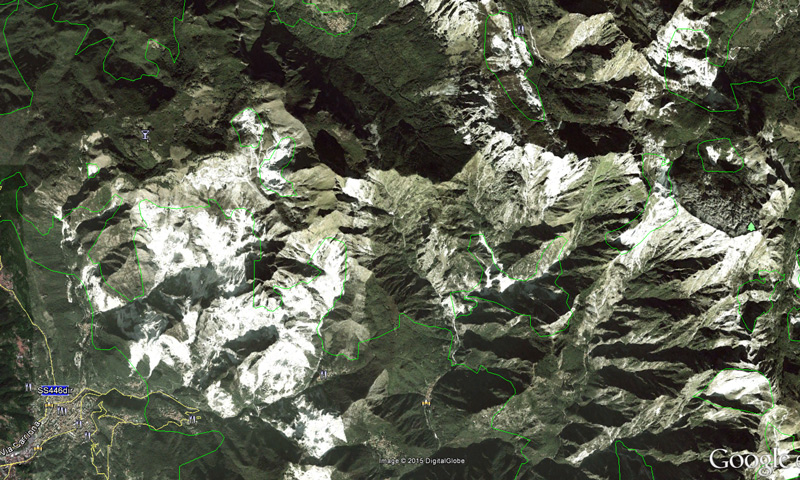
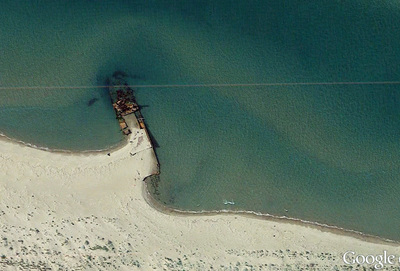
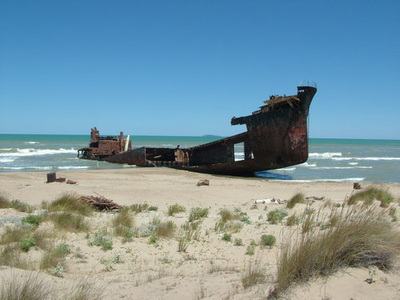
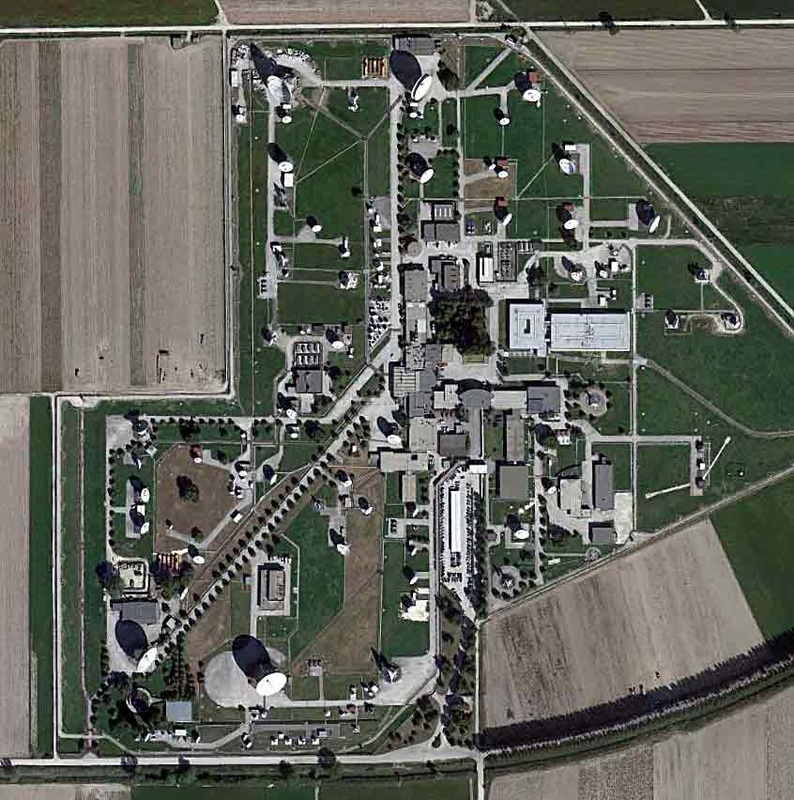
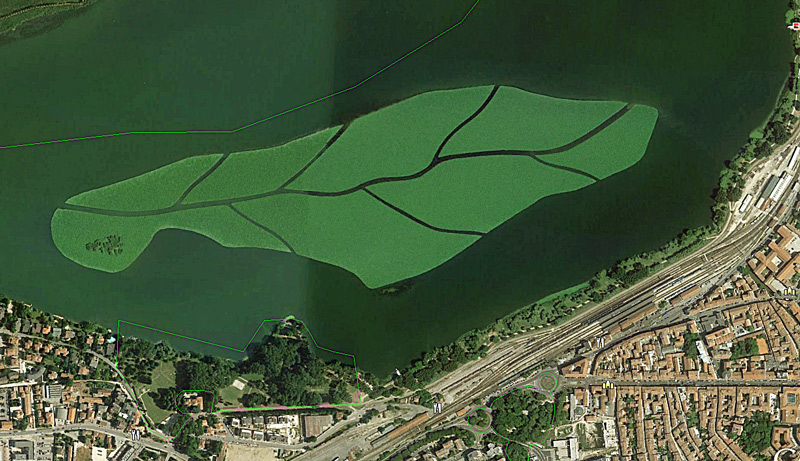
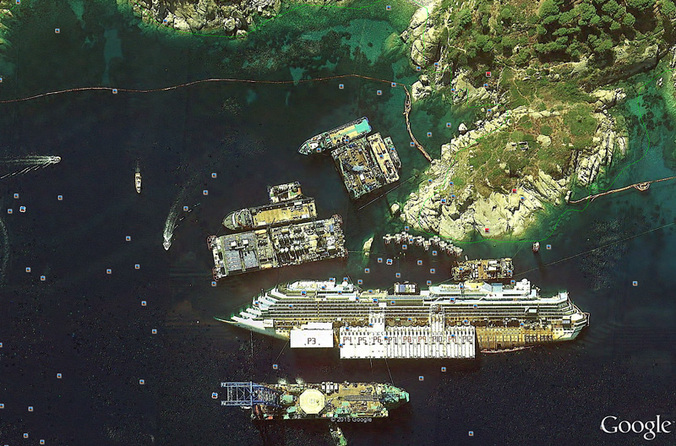
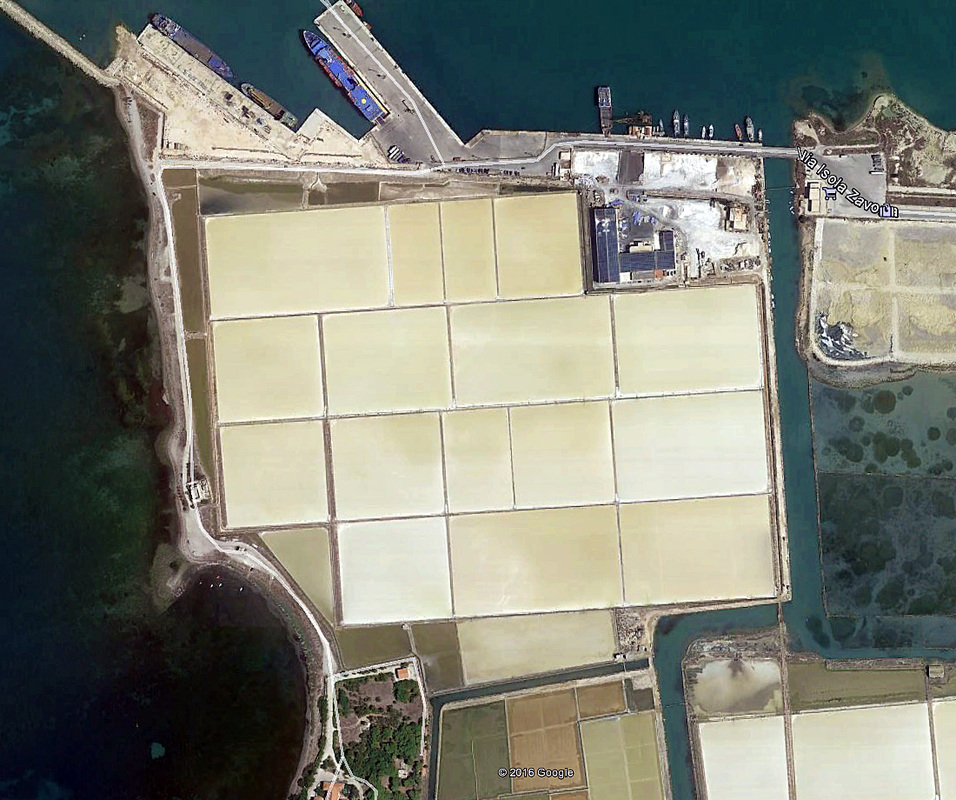
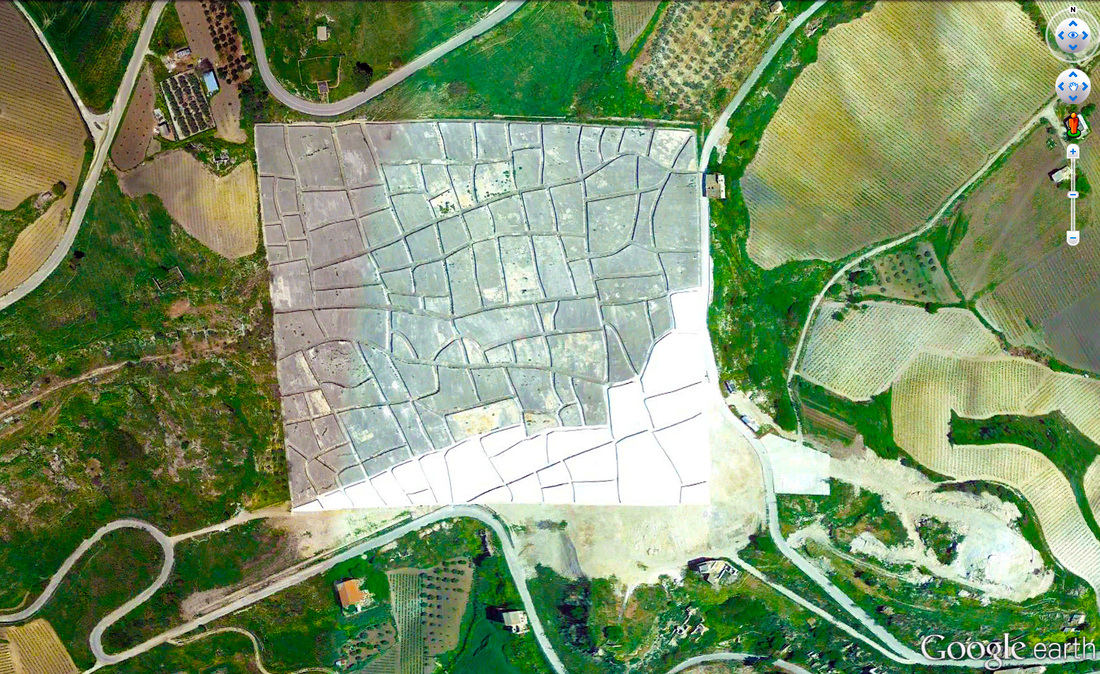
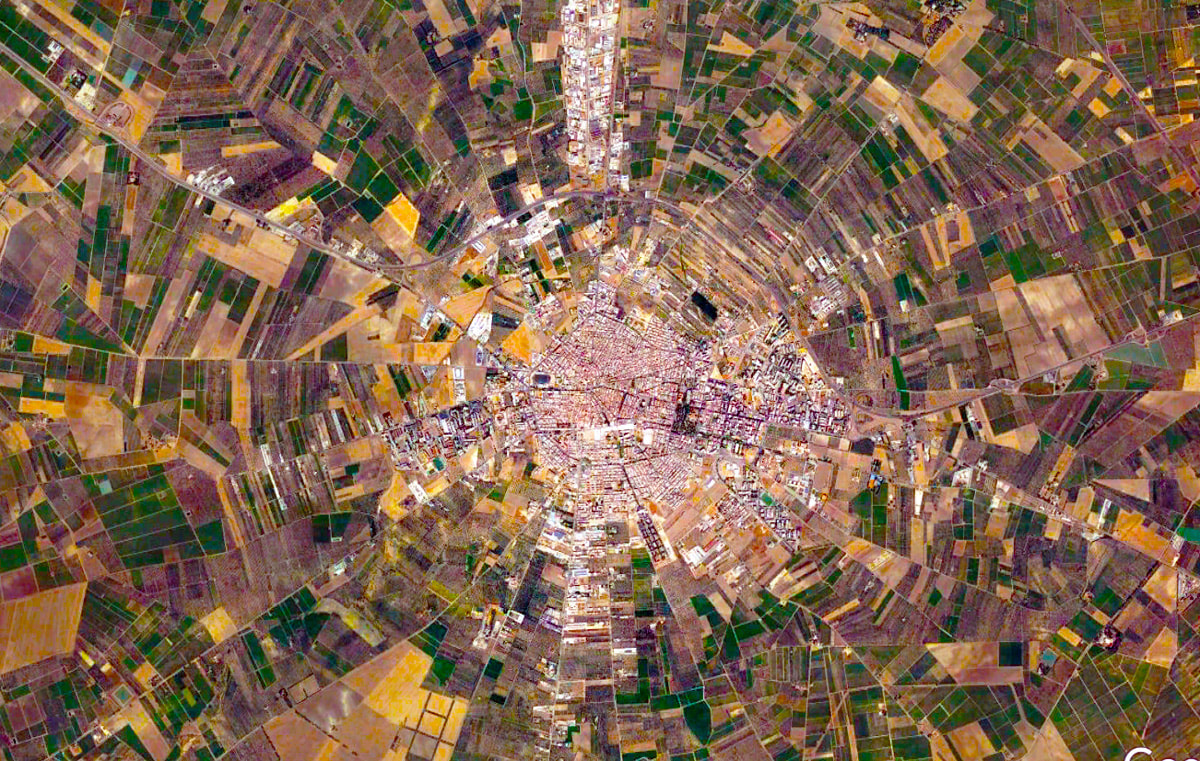

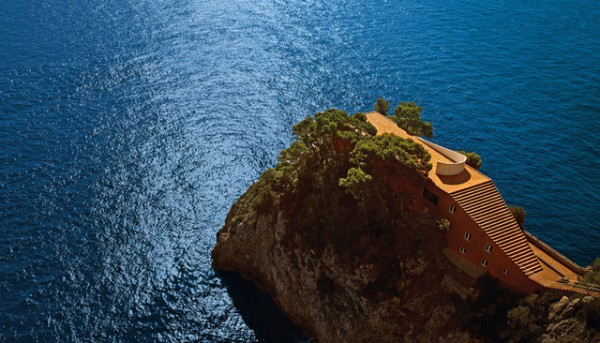
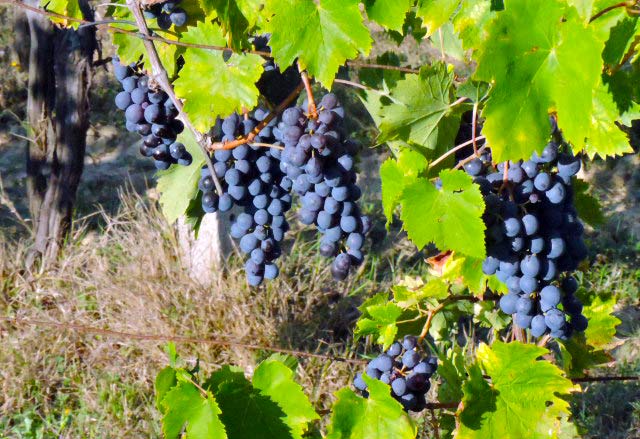
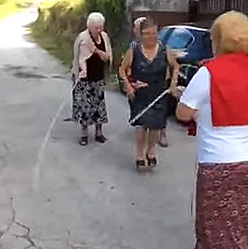
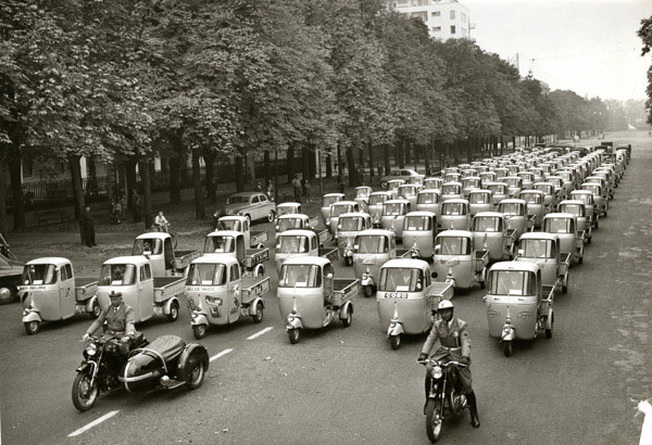
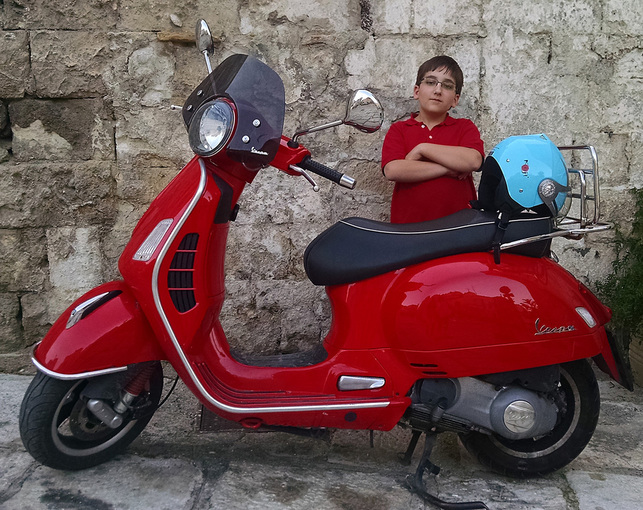
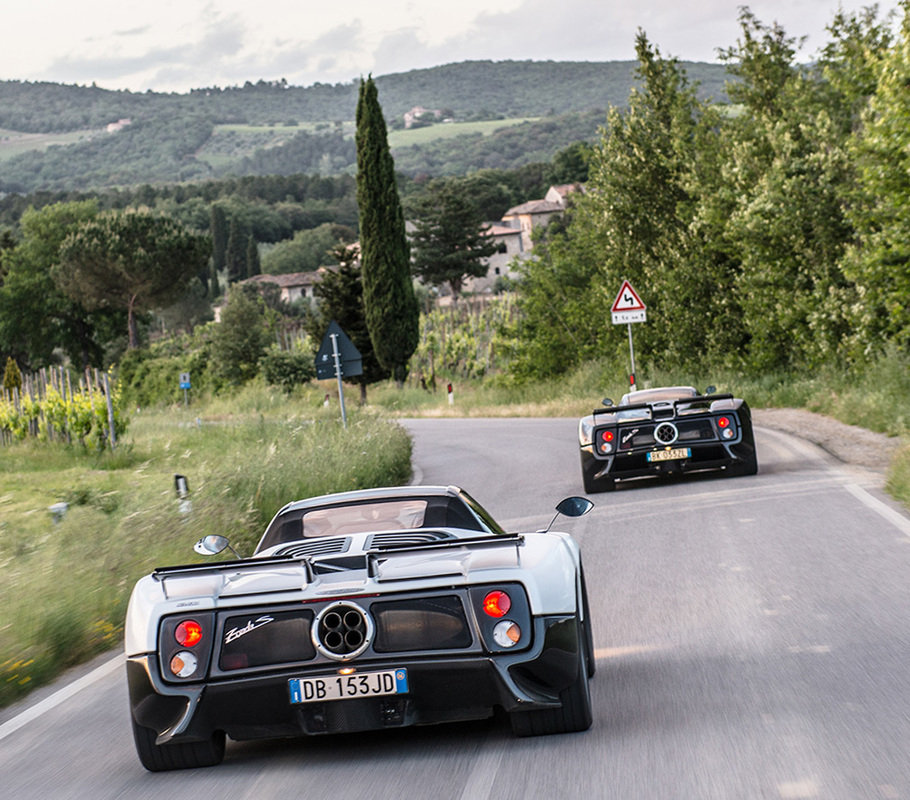
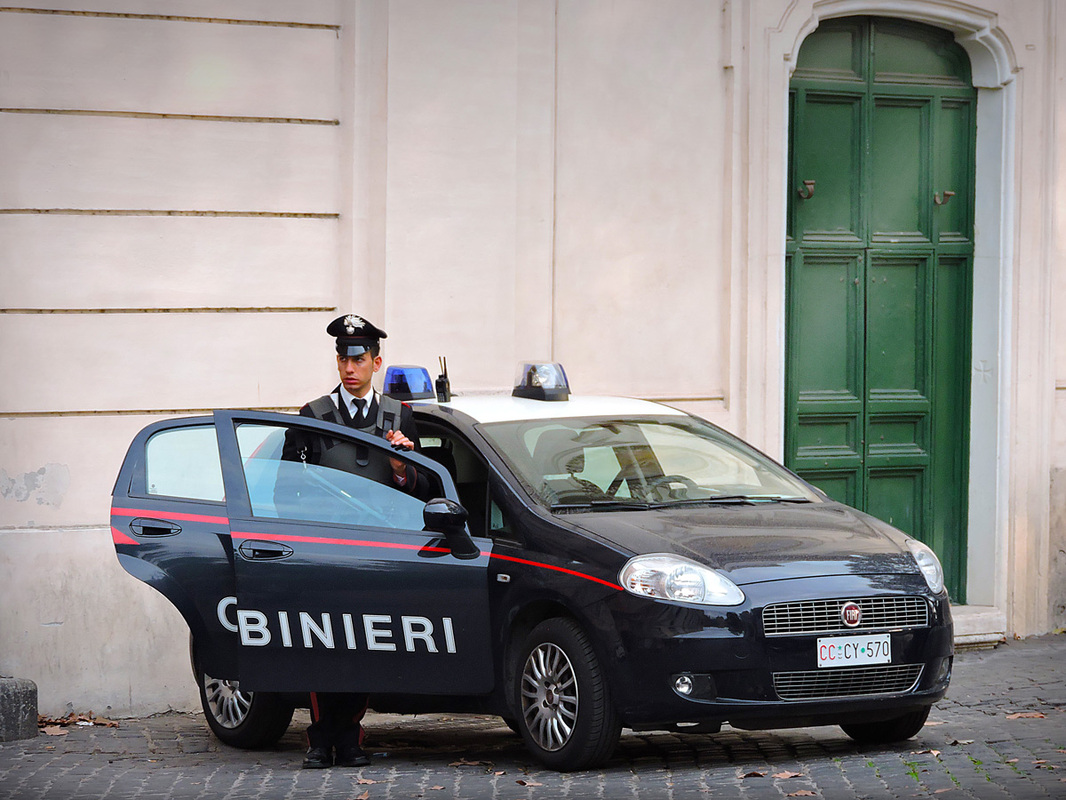
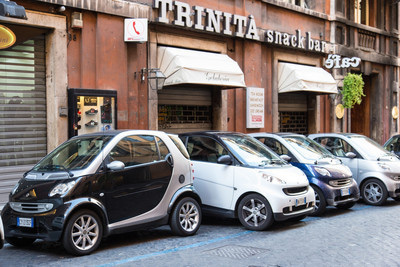
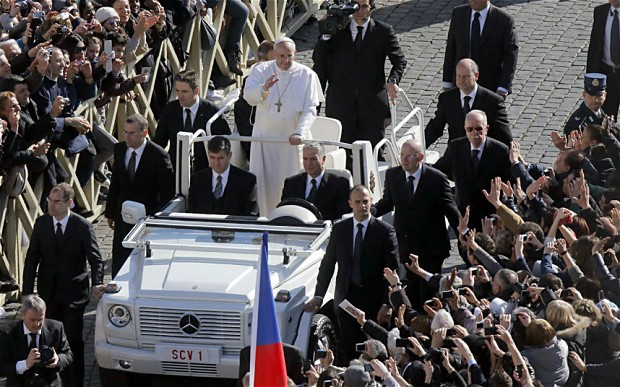
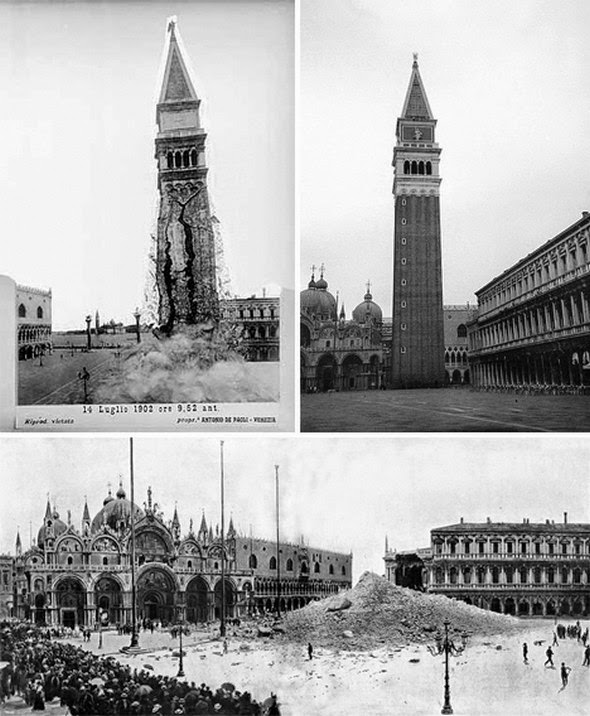


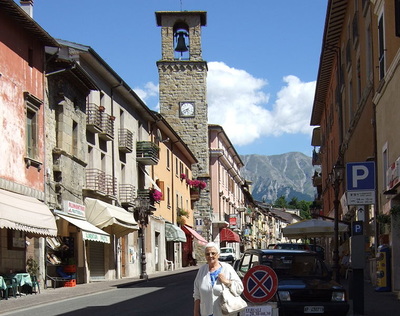
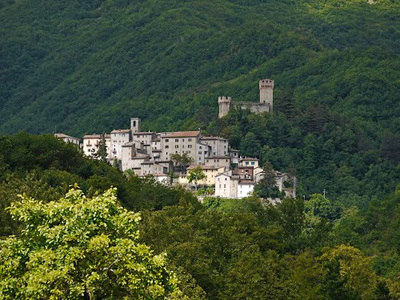
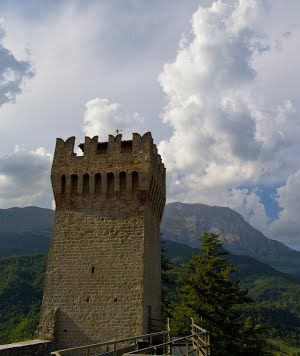
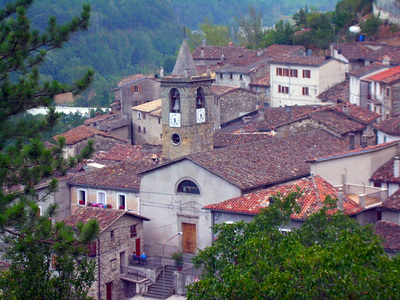
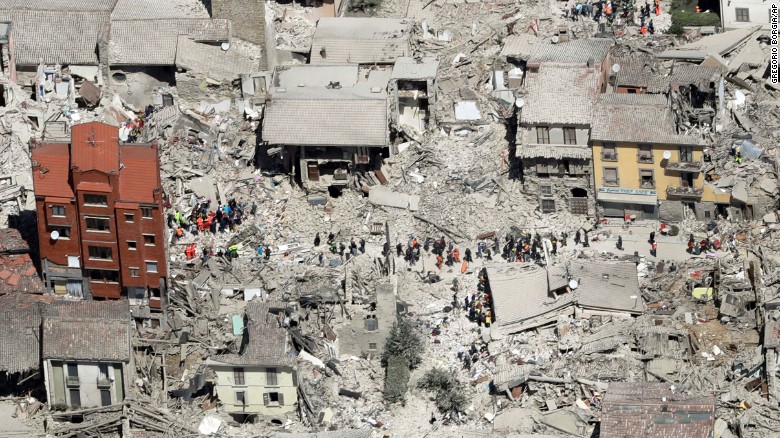
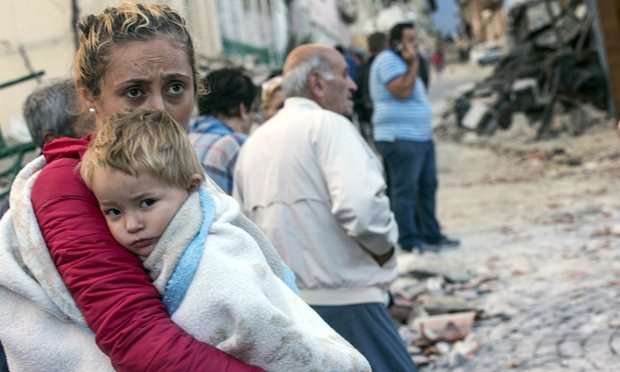
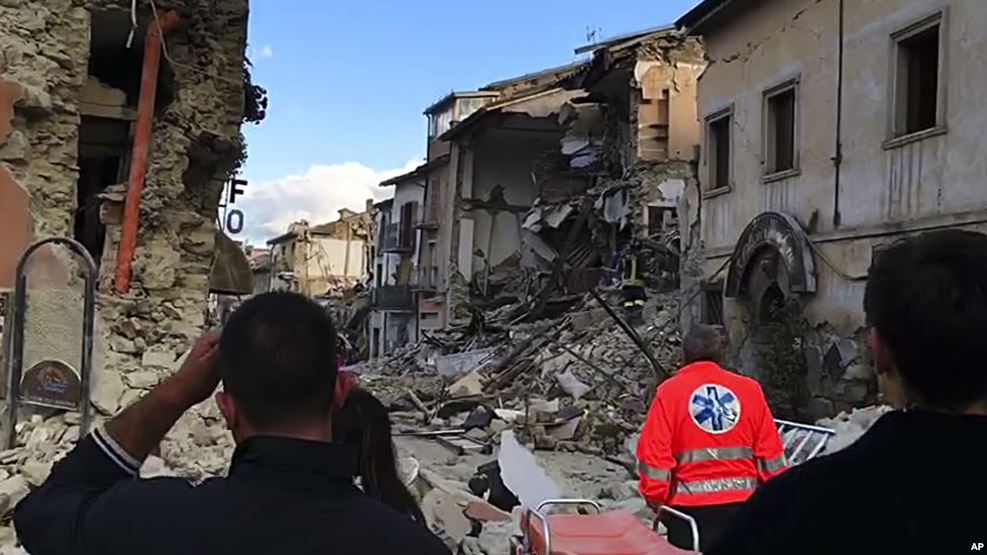
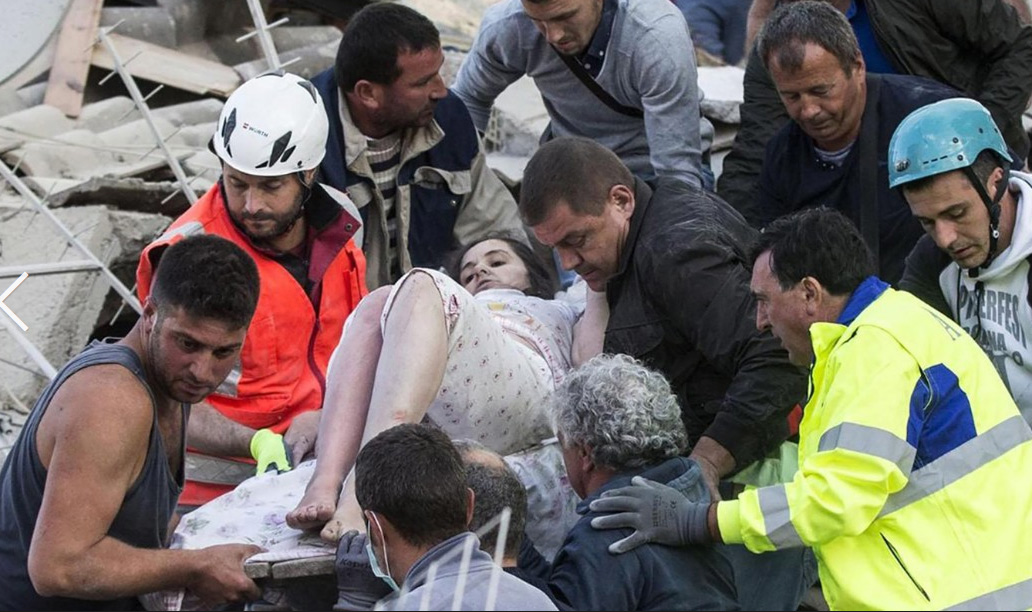
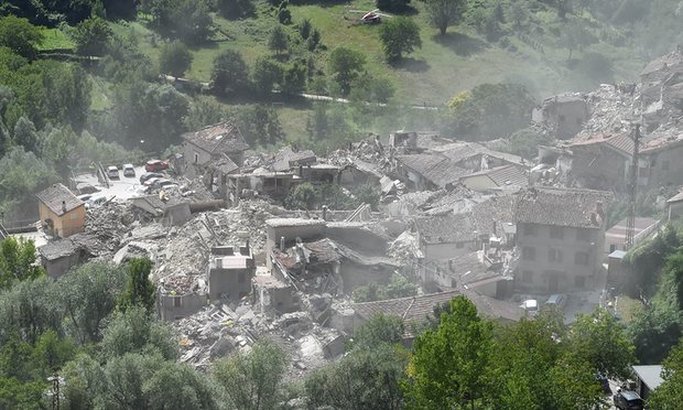

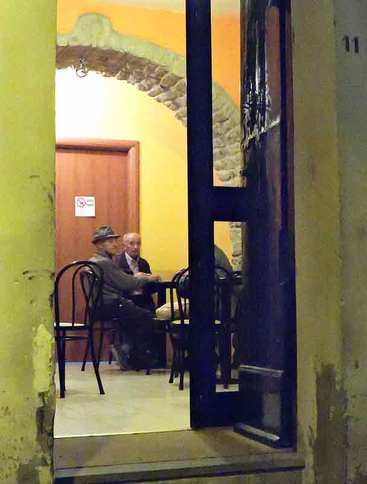
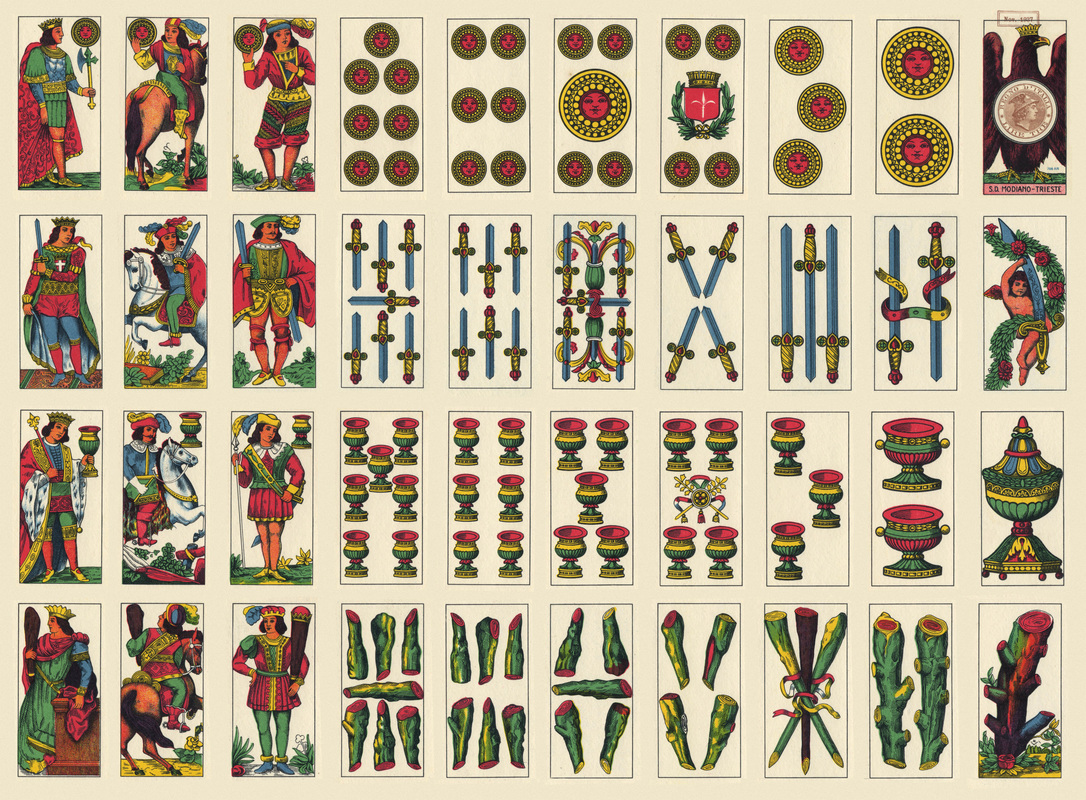
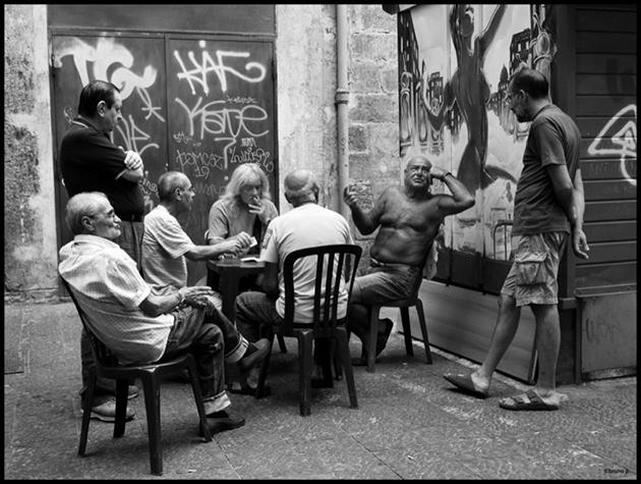
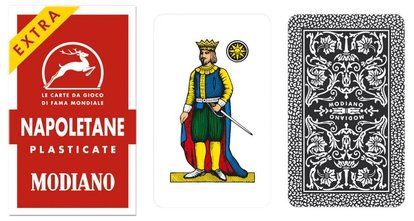
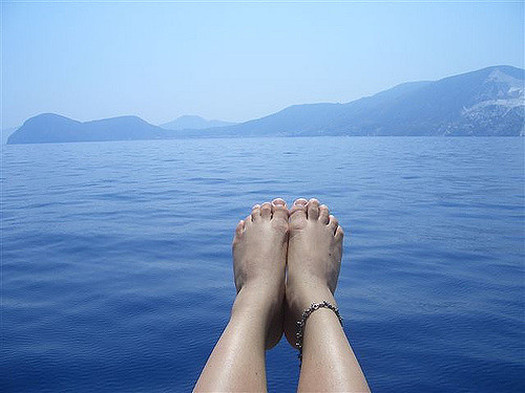
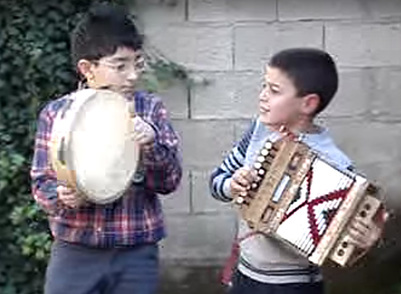
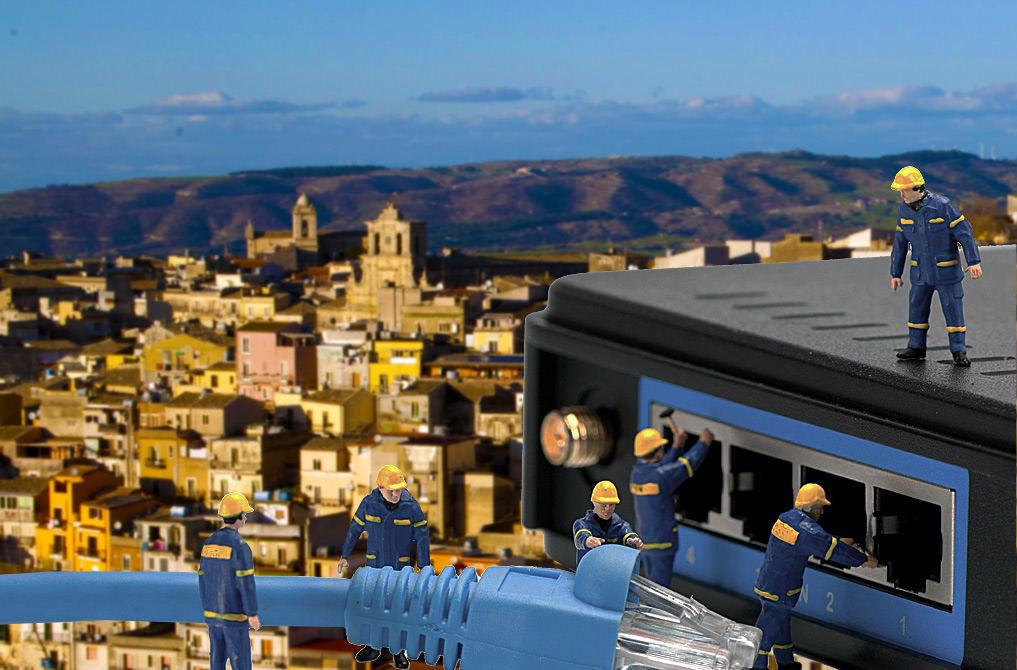
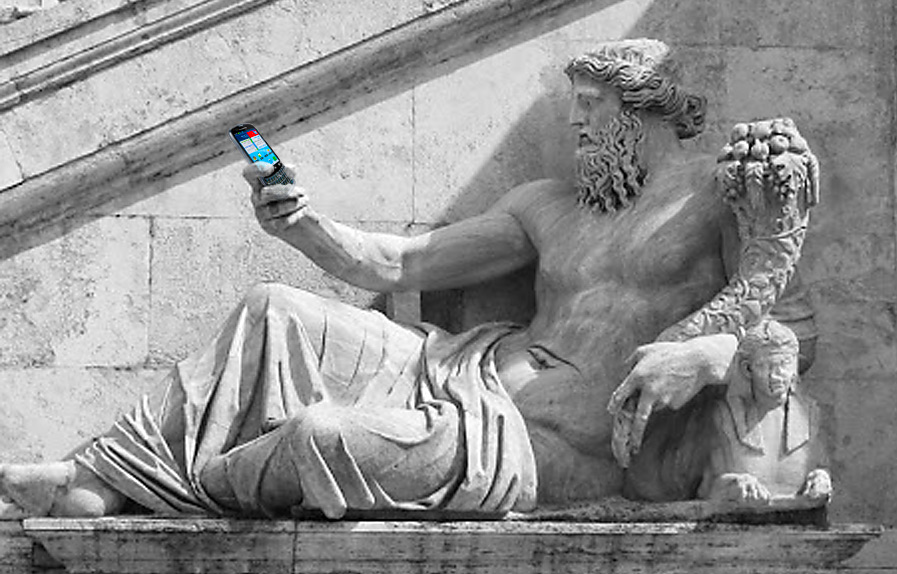
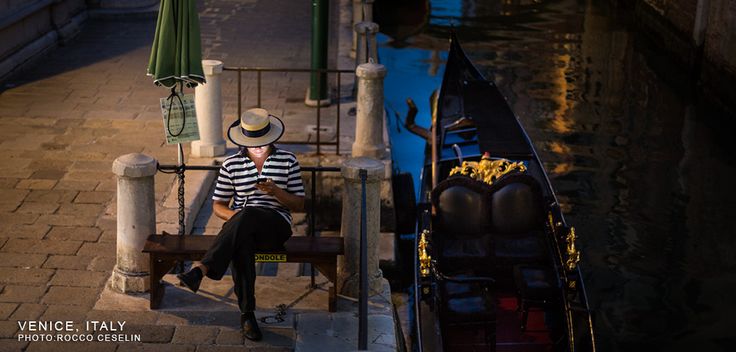
 RSS Feed
RSS Feed
